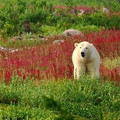的点评
Awe-inspiring vistas no matter the time of day
哈雷阿卡拉火山口的点评
点评:Haleakalā means “House of the Sun”, the rising sun appearing to rise from behind the massive volcano every morning when seen from the west side of the island. Per local legend, the demigod Maui imprisoned the sun here and to slow its journey across the sky in order to lengthen the day.
We visited summit of Haleakala twice, first the middle of the day and the second time very early one morning to catch the sunrise. We were at the peak well before sunrise and when we arrived the sky was incredibly clear and there was no light pollution. It was also extremely cold at that time, just above freezing, compared to Venus was the brightest celestial body in that morning. We even spotted a few shooting stars. The prevailing wind blowing off the ocean, however, meant clouds would suddenly form as the moisture-laden air hits colder temperatures and our unrestricted view of the heavens disappeared. The clouds filled in and flowed out of the valleys below us and made for interesting viewing both at sunrise and during the day. The passing clouds also suddenly completely - but only temporarily - obscure the crater.
It is an otherworldly vista at the summit and at the Haleakalā “Crater”. Technically-speaking crater is a misnomer The multicolored cinder cones here are called Pu’u in Hawaiian. We did not venture down the Sliding Sands trail, but took short hikes to overlooks close to the road. Be sure to check out the visitors center overlooking the crater, a short drive down from the summit.
We spotted ring-necked pheasants on the drive up as well as numerous pale partridges at the summit. Both birds were introduced avifauna species. White settlers brought many animals with them for hunting including the ring-necked pheasant from Europe and a partridge from India, the Chukar. It was obviously comfortable at high altitude.
We also saw many Haleakalā Silversword, white-leafed plants that grow only on this mountain between 7000 and 10000 feet. The Hawaiian name is 'ahinahina (“very grey”). It has evolved adaptations allowing it to survive in the harsh conditions. The silver color of the leaves reflects the intense sunlight at this altitude and fine hairs help collect moisture from the thin air. None were blooming which was not a surprise - they only bloom once in their 15 -50 year lifespan - but seeing so many of them is a testament to the hard work of the botanists, conservationists and the National Park Service. A century ago only about 100 Haleakalā silversword still survived near the summit. If not for their work and the creation of the national park it is likely the plant would now be extinct.
We visited summit of Haleakala twice, first the middle of the day and the second time very early one morning to catch the sunrise. We were at the peak well before sunrise and when we arrived the sky was incredibly clear and there was no light pollution. It was also extremely cold at that time, just above freezing, compared to Venus was the brightest celestial body in that morning. We even spotted a few shooting stars. The prevailing wind blowing off the ocean, however, meant clouds would suddenly form as the moisture-laden air hits colder temperatures and our unrestricted view of the heavens disappeared. The clouds filled in and flowed out of the valleys below us and made for interesting viewing both at sunrise and during the day. The passing clouds also suddenly completely - but only temporarily - obscure the crater.
It is an otherworldly vista at the summit and at the Haleakalā “Crater”. Technically-speaking crater is a misnomer The multicolored cinder cones here are called Pu’u in Hawaiian. We did not venture down the Sliding Sands trail, but took short hikes to overlooks close to the road. Be sure to check out the visitors center overlooking the crater, a short drive down from the summit.
We spotted ring-necked pheasants on the drive up as well as numerous pale partridges at the summit. Both birds were introduced avifauna species. White settlers brought many animals with them for hunting including the ring-necked pheasant from Europe and a partridge from India, the Chukar. It was obviously comfortable at high altitude.
We also saw many Haleakalā Silversword, white-leafed plants that grow only on this mountain between 7000 and 10000 feet. The Hawaiian name is 'ahinahina (“very grey”). It has evolved adaptations allowing it to survive in the harsh conditions. The silver color of the leaves reflects the intense sunlight at this altitude and fine hairs help collect moisture from the thin air. None were blooming which was not a surprise - they only bloom once in their 15 -50 year lifespan - but seeing so many of them is a testament to the hard work of the botanists, conservationists and the National Park Service. A century ago only about 100 Haleakalā silversword still survived near the summit. If not for their work and the creation of the national park it is likely the plant would now be extinct.
翻译:哈莱阿卡拉的意思是“太阳之家”,每天早晨从岛的西侧看去,太阳似乎从巨大的火山后面升起。根据当地传说,半神毛伊将太阳囚禁在这里,减缓其在天空中的行程,以延长白天的时间。
我们两次登上哈莱阿卡拉峰顶,第一次是在中午,第二次是在一天清晨,为了看日出。我们在日出前就到达了山顶,到达时天空异常晴朗,没有光污染。当时天气也非常寒冷,略高于冰点,相比之下,金星是当天早晨最亮的天体。我们甚至看到了几颗流星。然而,盛行的海风意味着,当充满水分的空气遇到较冷的温度时,云会突然形成,我们无拘无束的天空视野消失了。云层从我们下面的山谷中涌出,无论是日出还是白天,都很有趣。飘过的云层也突然完全(但只是暂时)遮住了火山口。
山顶和哈莱阿卡拉“火山口”的景色美得令人难以置信。从技术上讲,火山口这个名字并不恰当。这里的五彩斑斓的火山渣锥在夏威夷语中被称为 Pu’u。我们没有冒险走下滑沙小径,而是短途徒步前往靠近公路的观景台。一定要去看看俯瞰火山口的游客中心,从山顶开车下来不远。
我们在开车上山的路上看到了环颈雉,在山顶上还看到了很多苍白的鹧鸪。这两种鸟都是引进的鸟类。白人定居者带来了许多动物来狩猎,包括来自欧洲的环颈雉和来自印度的鹧鸪。显然,高海拔很舒服。
我们还看到了许多哈莱阿卡拉银剑草,这种白叶植物只生长在海拔 7000 至 10000 英尺的山上。夏威夷语名称为 'ahinahina(“非常灰”)。这种植物已经进化出适应能力,可以在恶劣的条件下生存。银色的叶子反射出这种高度的强烈阳光,细毛有助于从稀薄的空气中吸收水分。这些植物都没有开花,这并不奇怪,因为它们在 15-50 年的寿命中只开过一次花,但看到这么多银剑草,证明了植物学家、自然资源保护者和国家公园管理局的辛勤工作。一个世纪前,只有大约 100 株哈莱阿卡拉银剑草仍然存活在山顶附近。如果没有他们的努力和国家公园的建立,这种植物现在可能已经灭绝了。
我们两次登上哈莱阿卡拉峰顶,第一次是在中午,第二次是在一天清晨,为了看日出。我们在日出前就到达了山顶,到达时天空异常晴朗,没有光污染。当时天气也非常寒冷,略高于冰点,相比之下,金星是当天早晨最亮的天体。我们甚至看到了几颗流星。然而,盛行的海风意味着,当充满水分的空气遇到较冷的温度时,云会突然形成,我们无拘无束的天空视野消失了。云层从我们下面的山谷中涌出,无论是日出还是白天,都很有趣。飘过的云层也突然完全(但只是暂时)遮住了火山口。
山顶和哈莱阿卡拉“火山口”的景色美得令人难以置信。从技术上讲,火山口这个名字并不恰当。这里的五彩斑斓的火山渣锥在夏威夷语中被称为 Pu’u。我们没有冒险走下滑沙小径,而是短途徒步前往靠近公路的观景台。一定要去看看俯瞰火山口的游客中心,从山顶开车下来不远。
我们在开车上山的路上看到了环颈雉,在山顶上还看到了很多苍白的鹧鸪。这两种鸟都是引进的鸟类。白人定居者带来了许多动物来狩猎,包括来自欧洲的环颈雉和来自印度的鹧鸪。显然,高海拔很舒服。
我们还看到了许多哈莱阿卡拉银剑草,这种白叶植物只生长在海拔 7000 至 10000 英尺的山上。夏威夷语名称为 'ahinahina(“非常灰”)。这种植物已经进化出适应能力,可以在恶劣的条件下生存。银色的叶子反射出这种高度的强烈阳光,细毛有助于从稀薄的空气中吸收水分。这些植物都没有开花,这并不奇怪,因为它们在 15-50 年的寿命中只开过一次花,但看到这么多银剑草,证明了植物学家、自然资源保护者和国家公园管理局的辛勤工作。一个世纪前,只有大约 100 株哈莱阿卡拉银剑草仍然存活在山顶附近。如果没有他们的努力和国家公园的建立,这种植物现在可能已经灭绝了。
旅行类型:情侣游

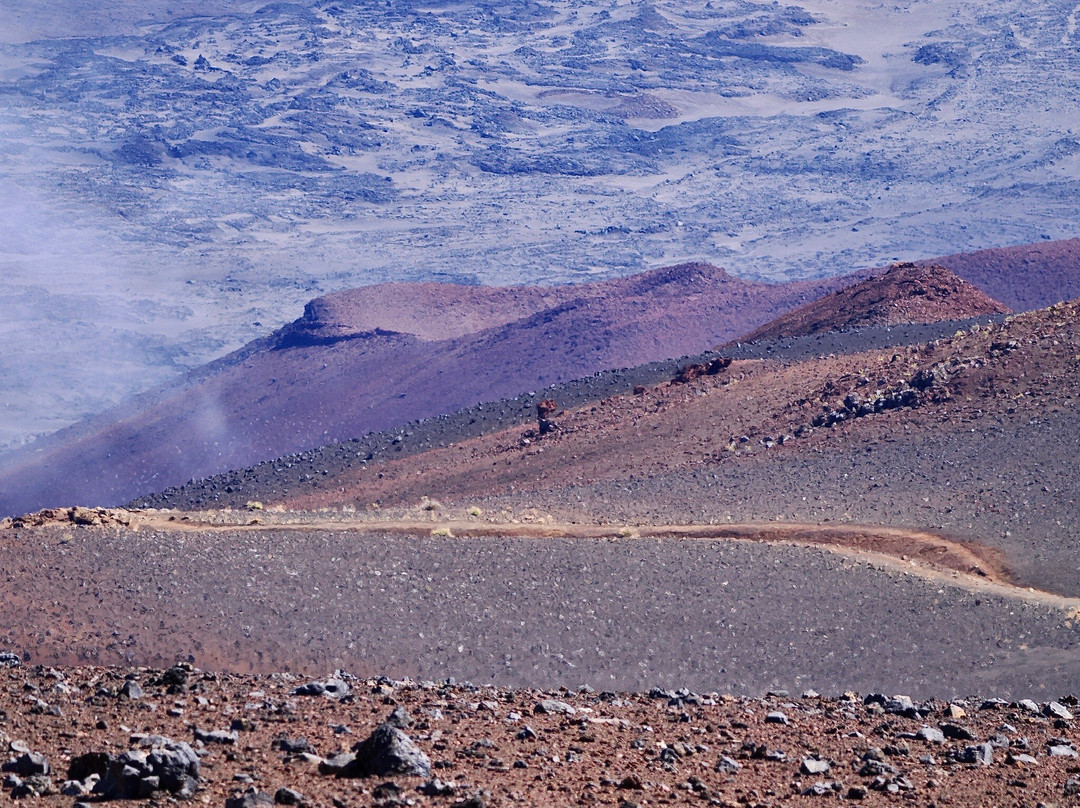
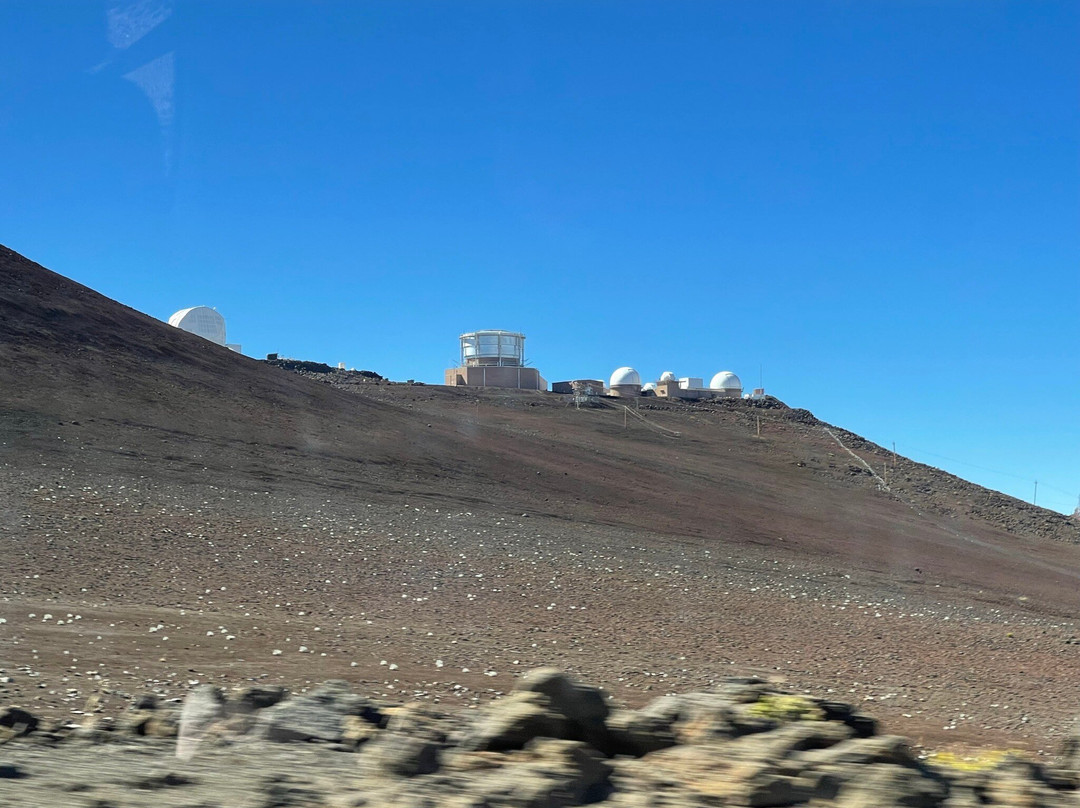
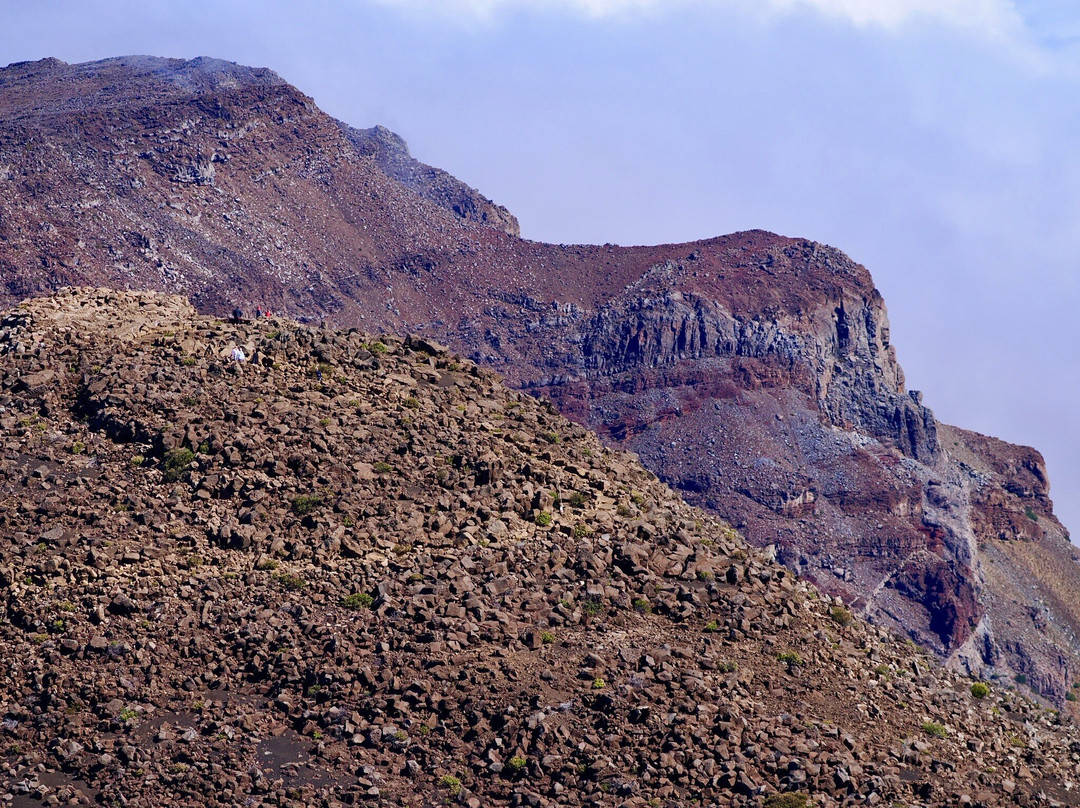


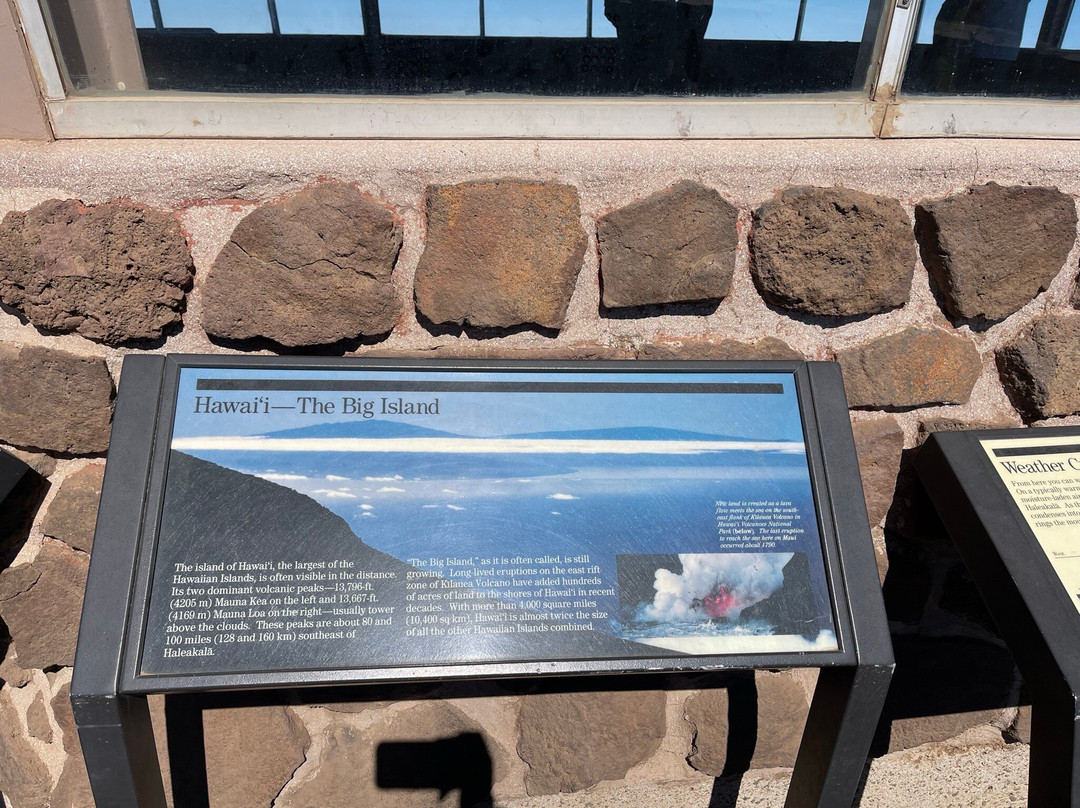
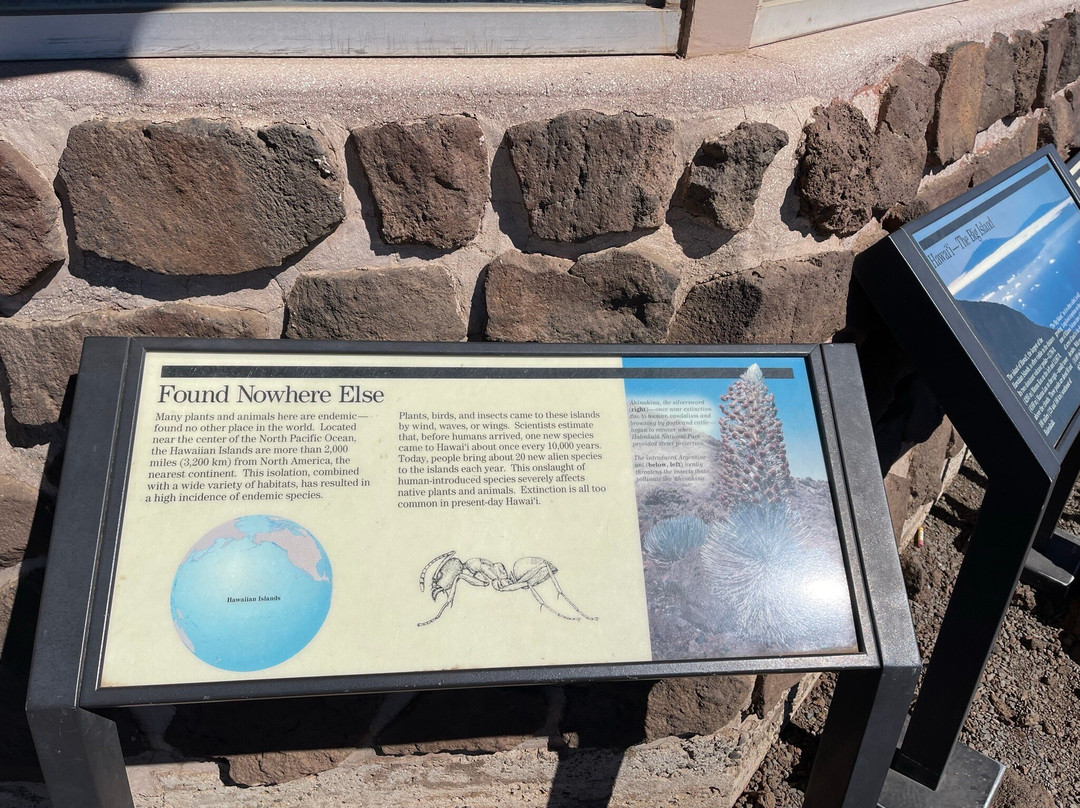
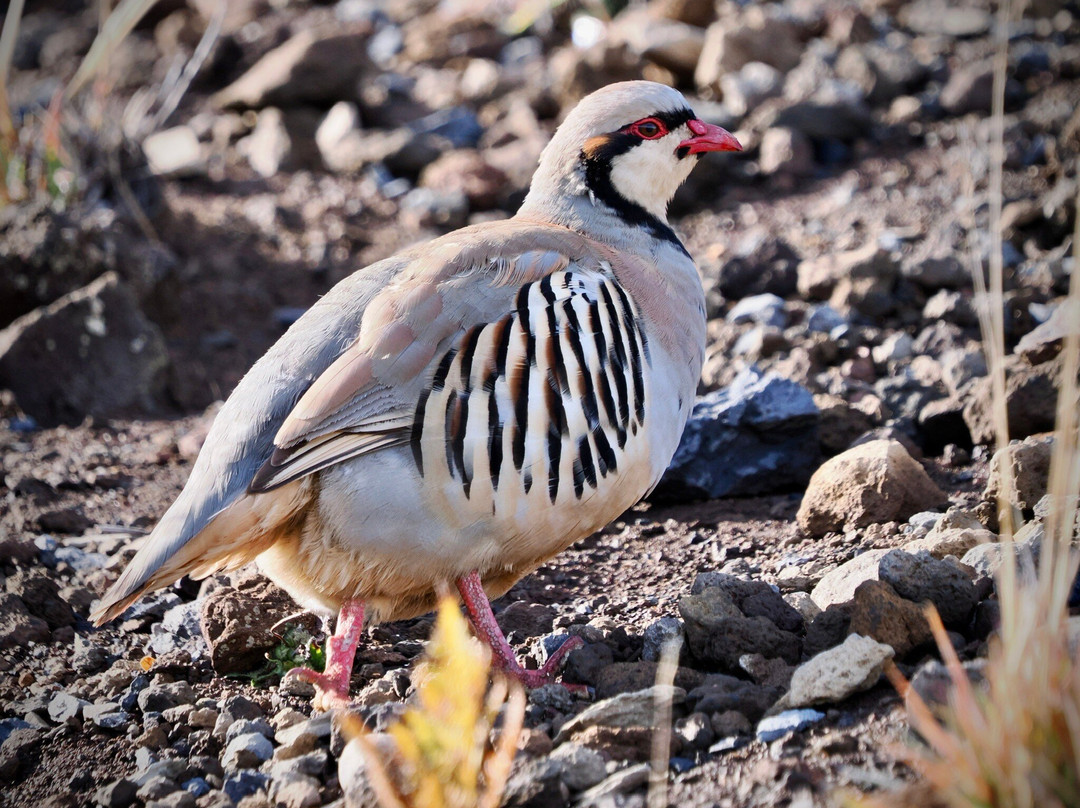
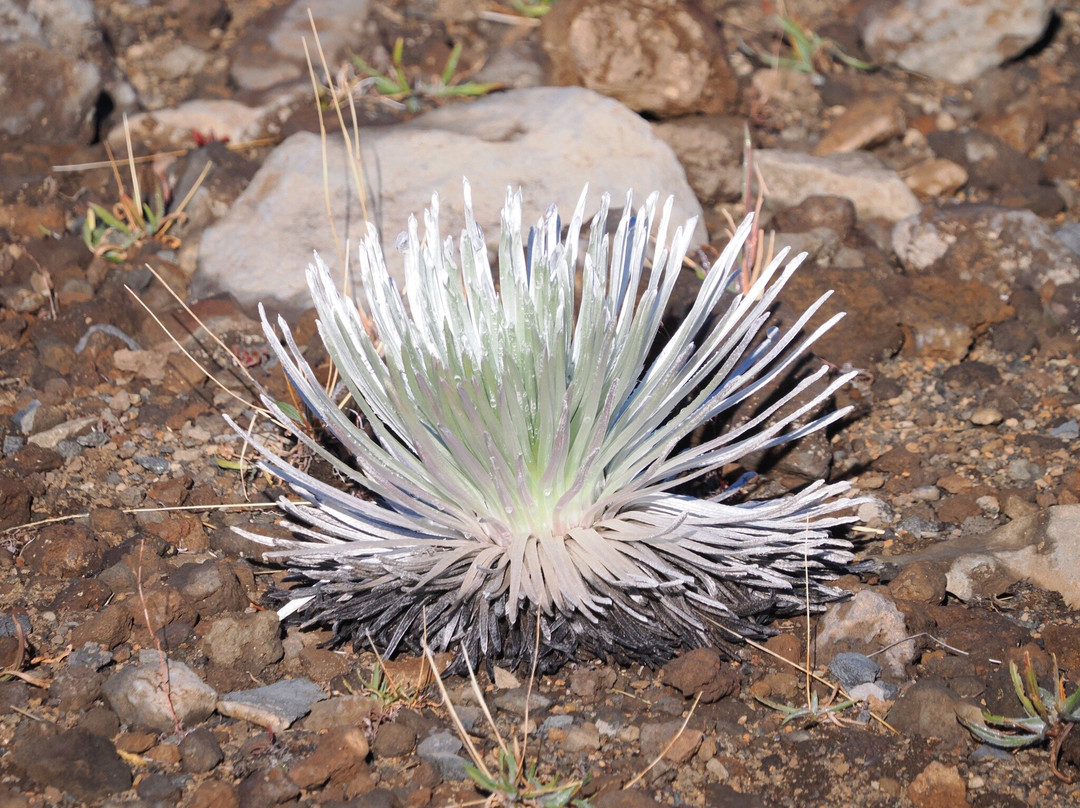
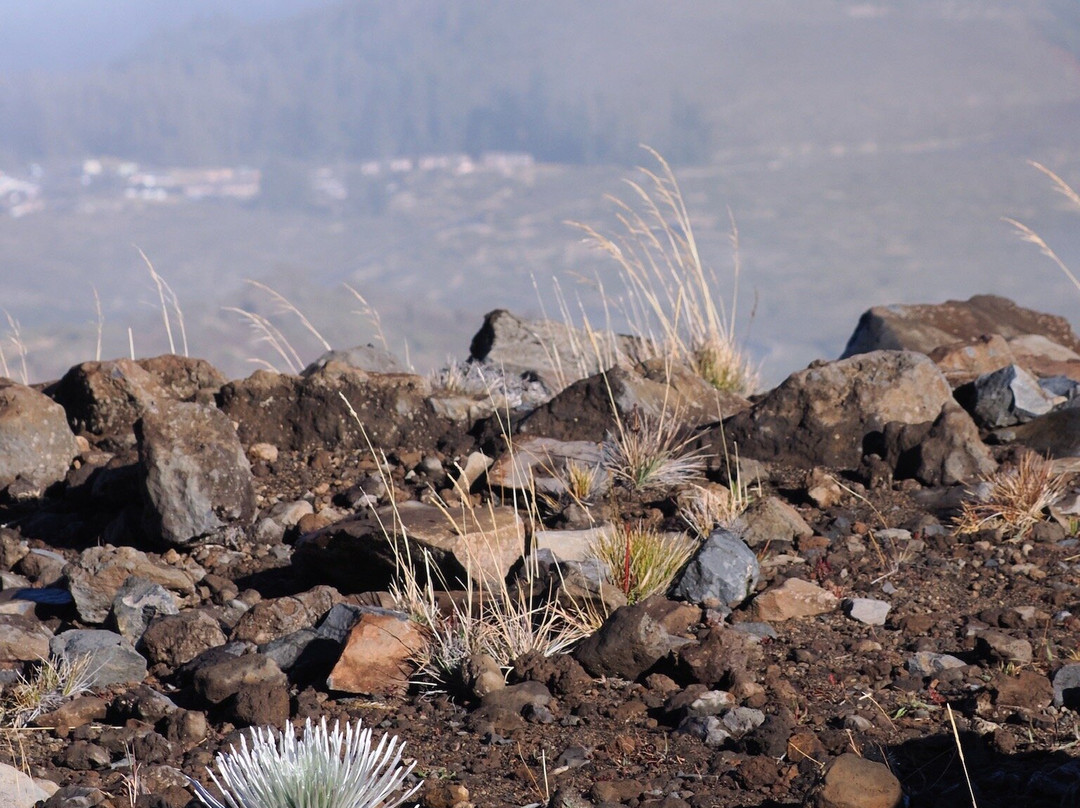
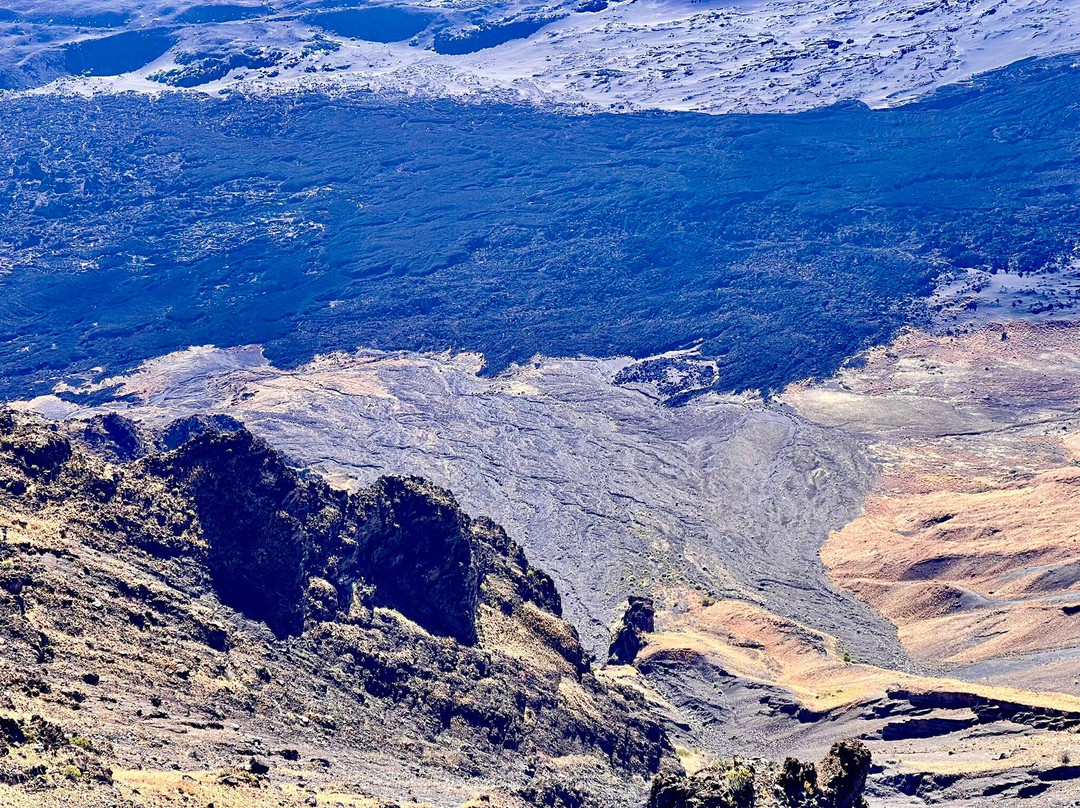
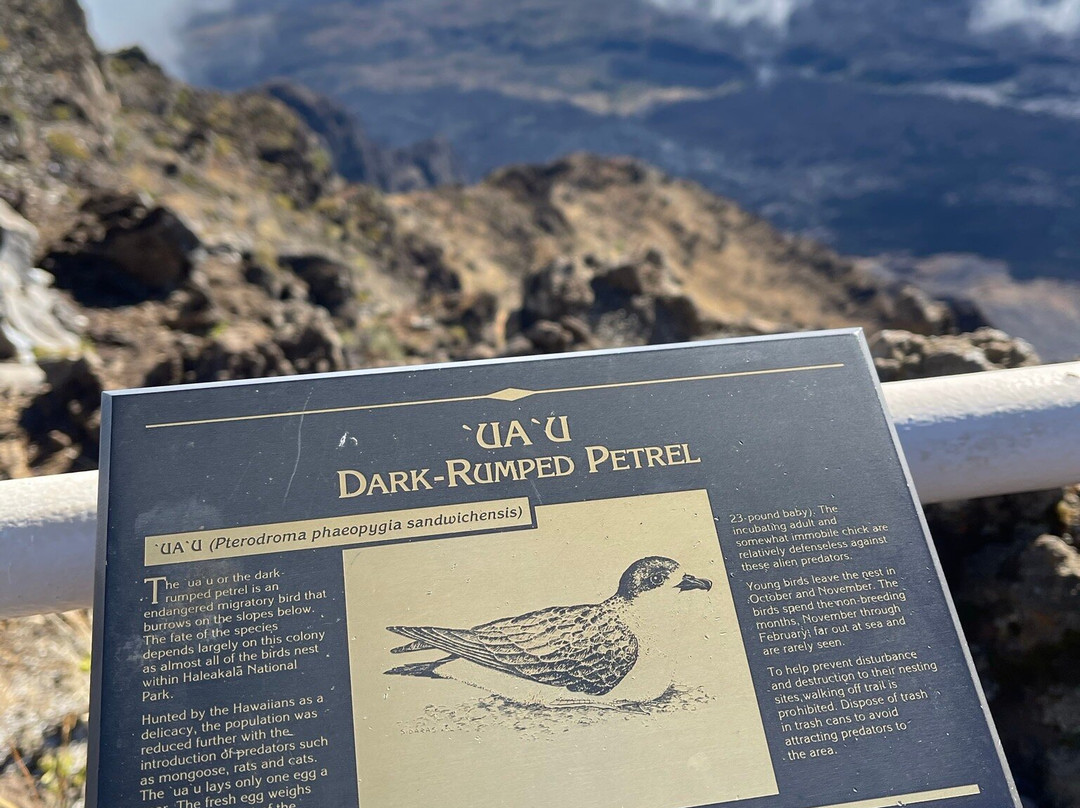
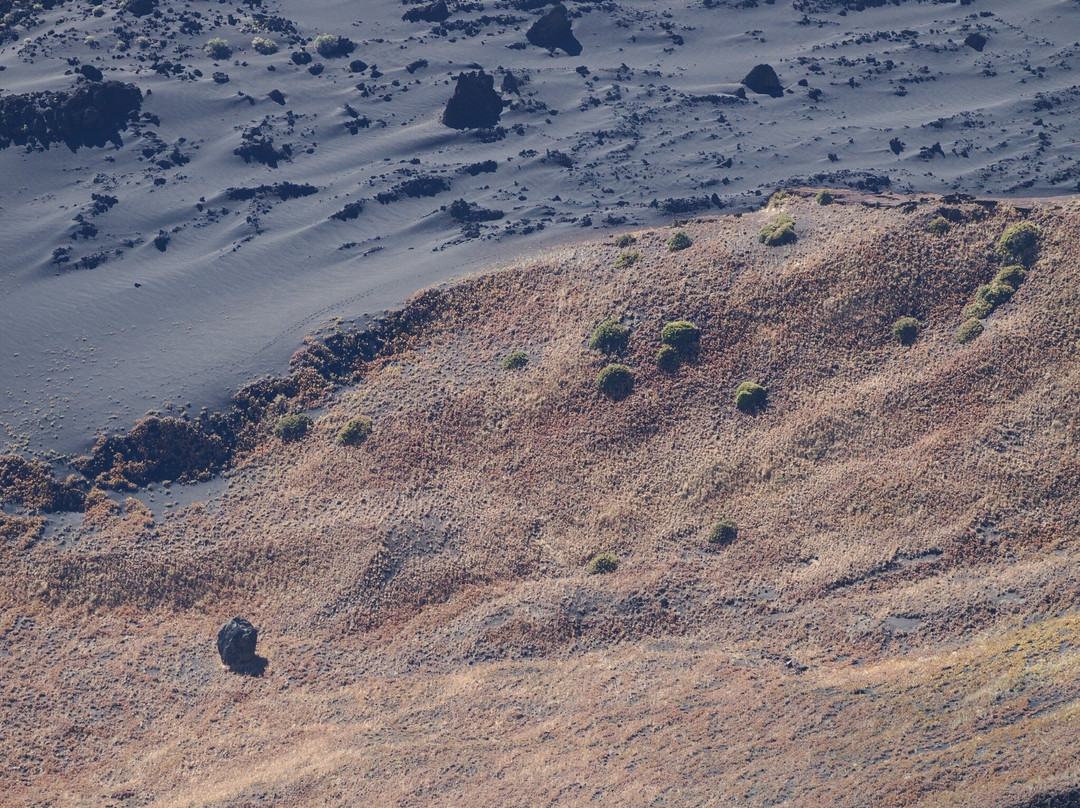
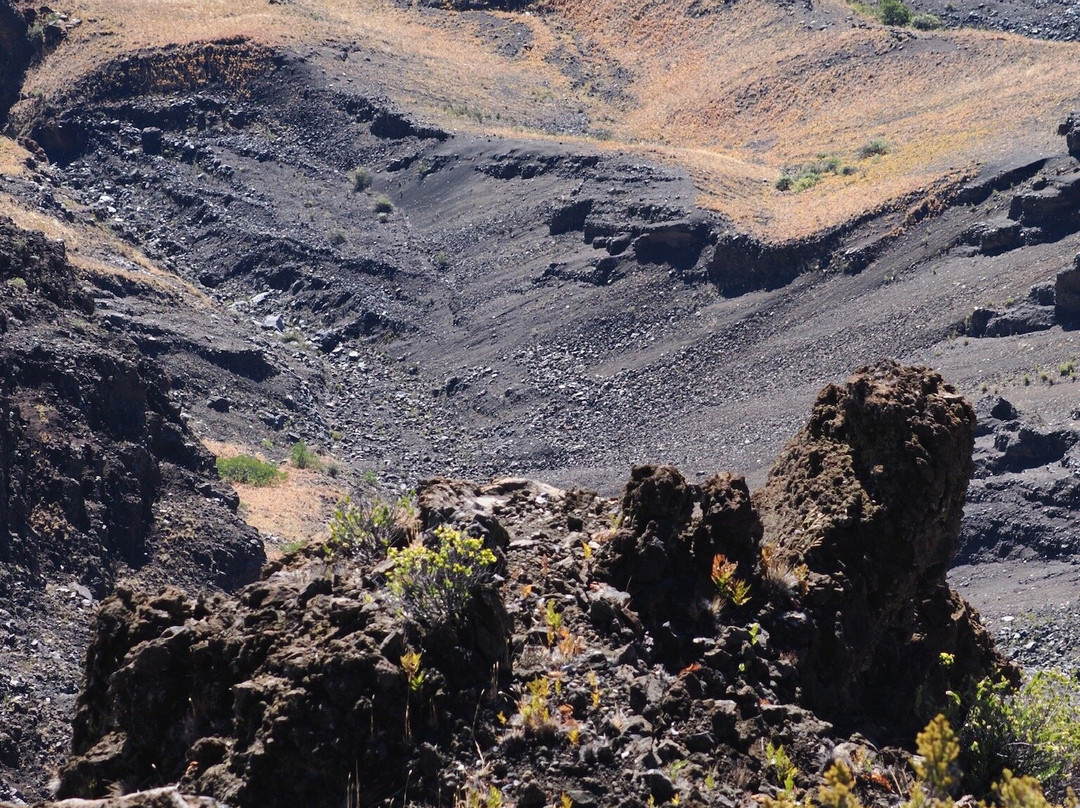
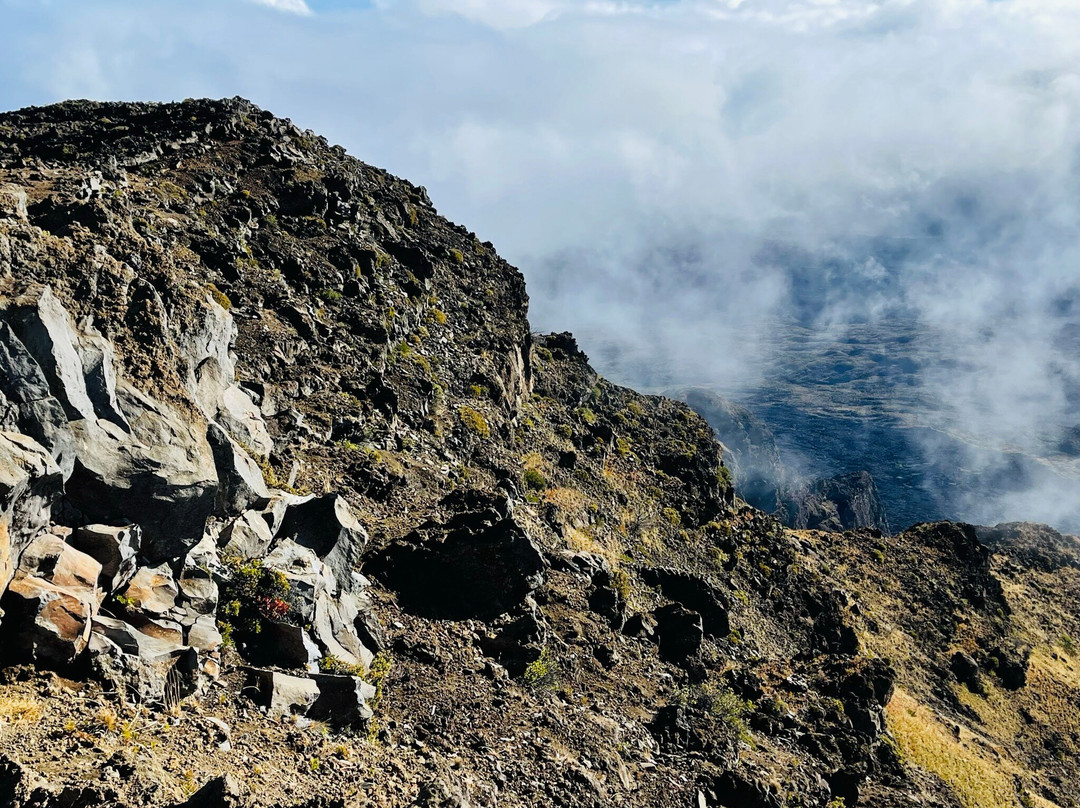
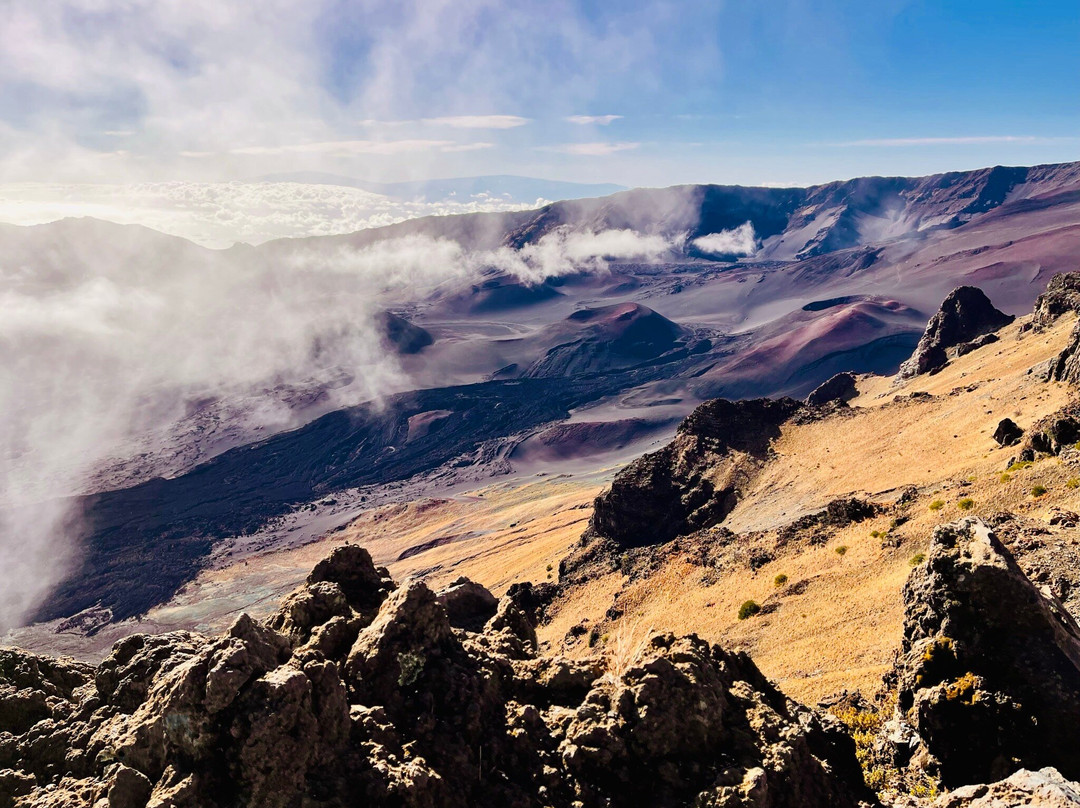
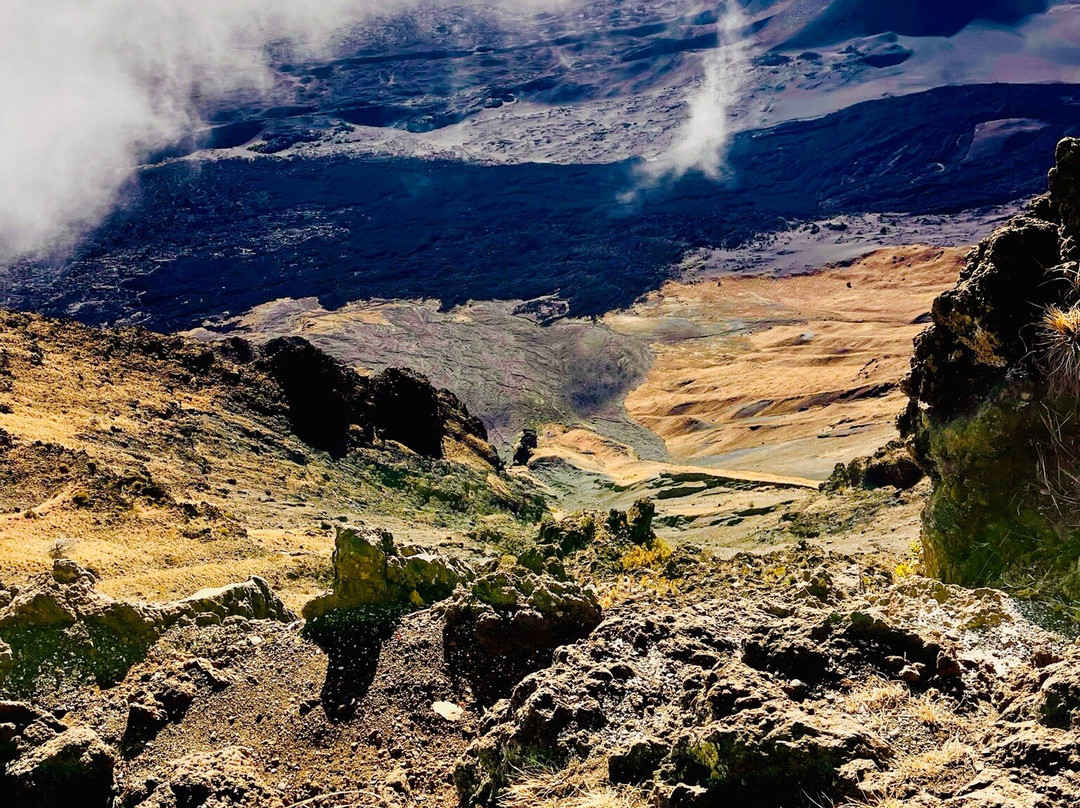
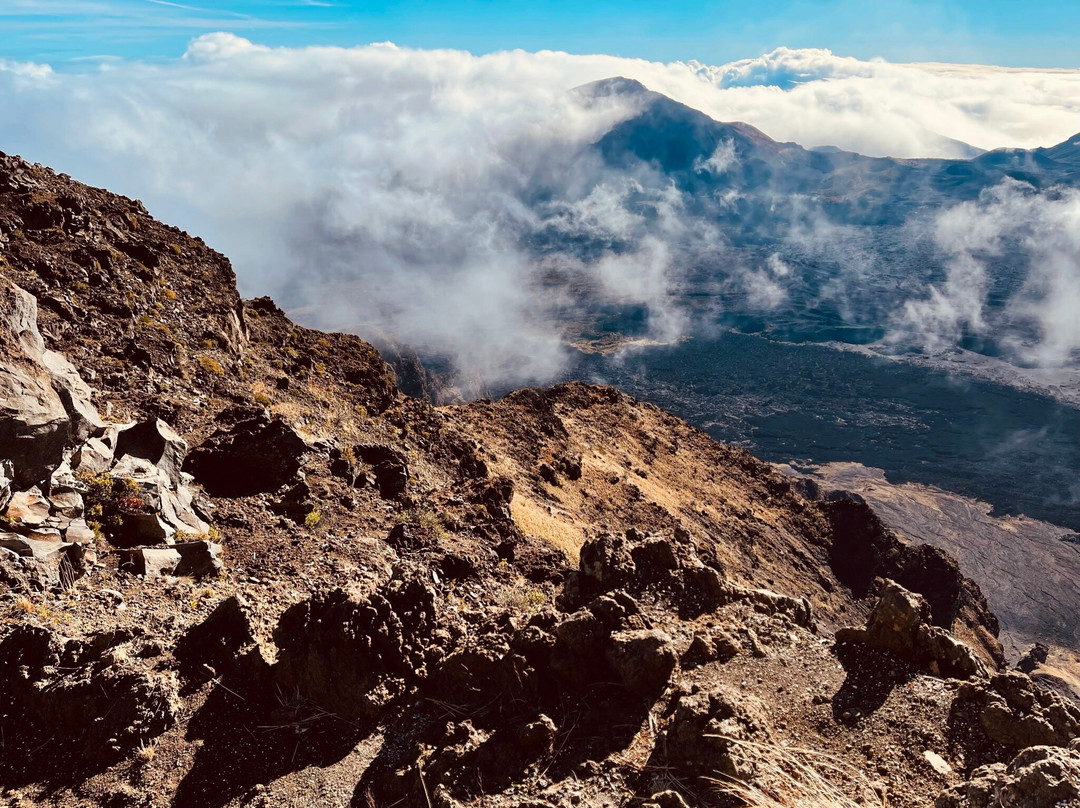
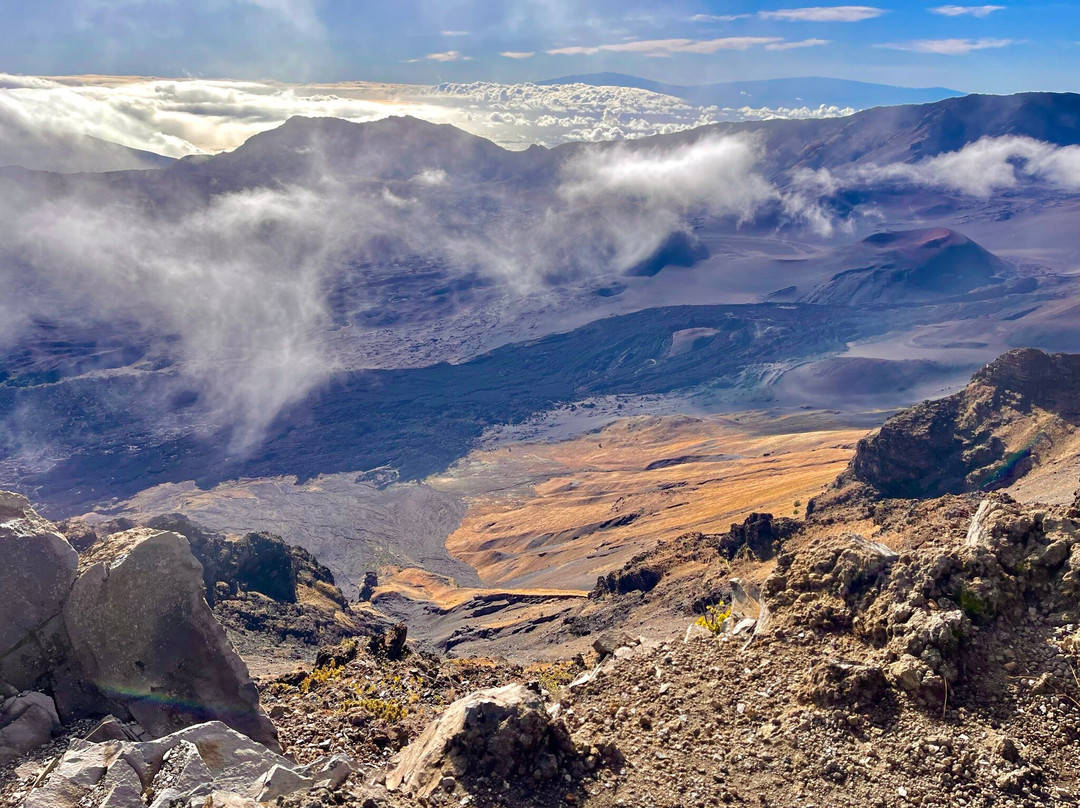
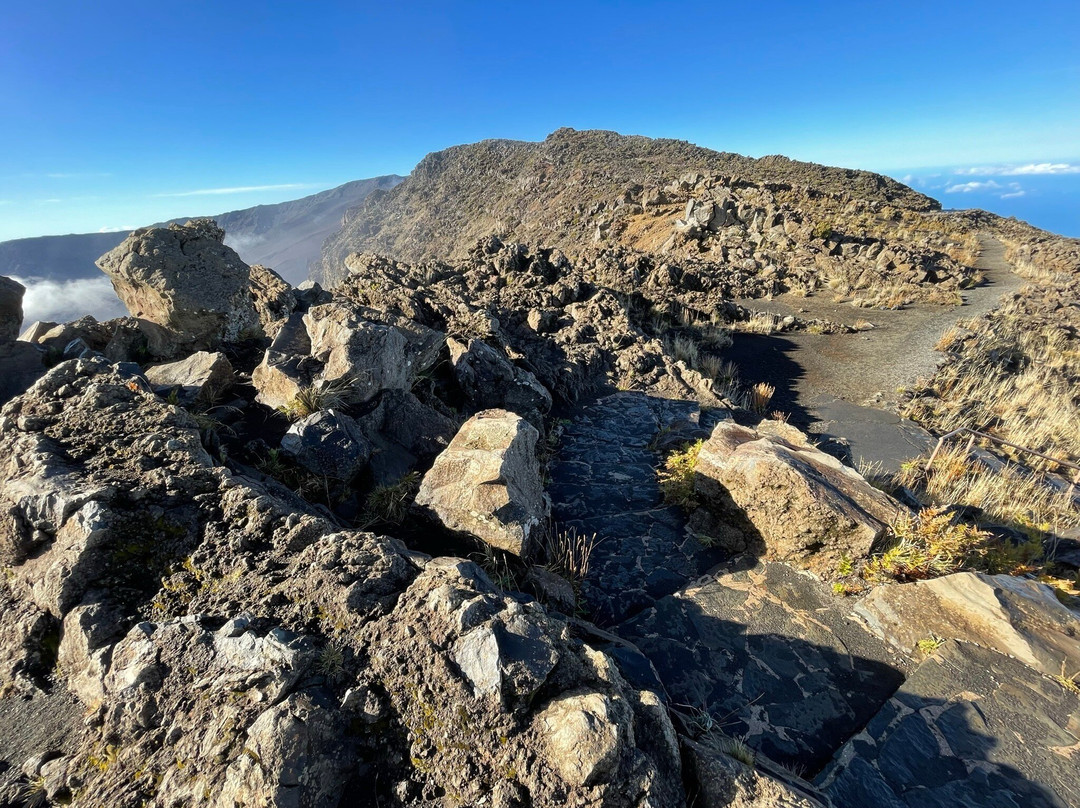
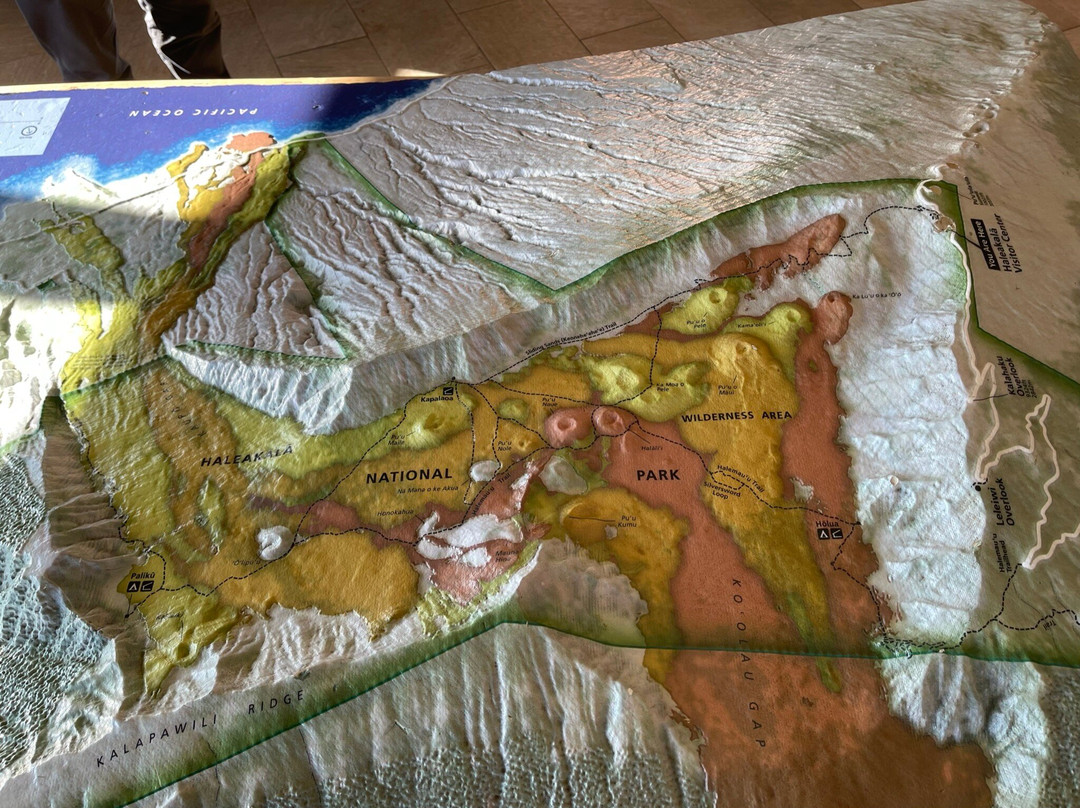
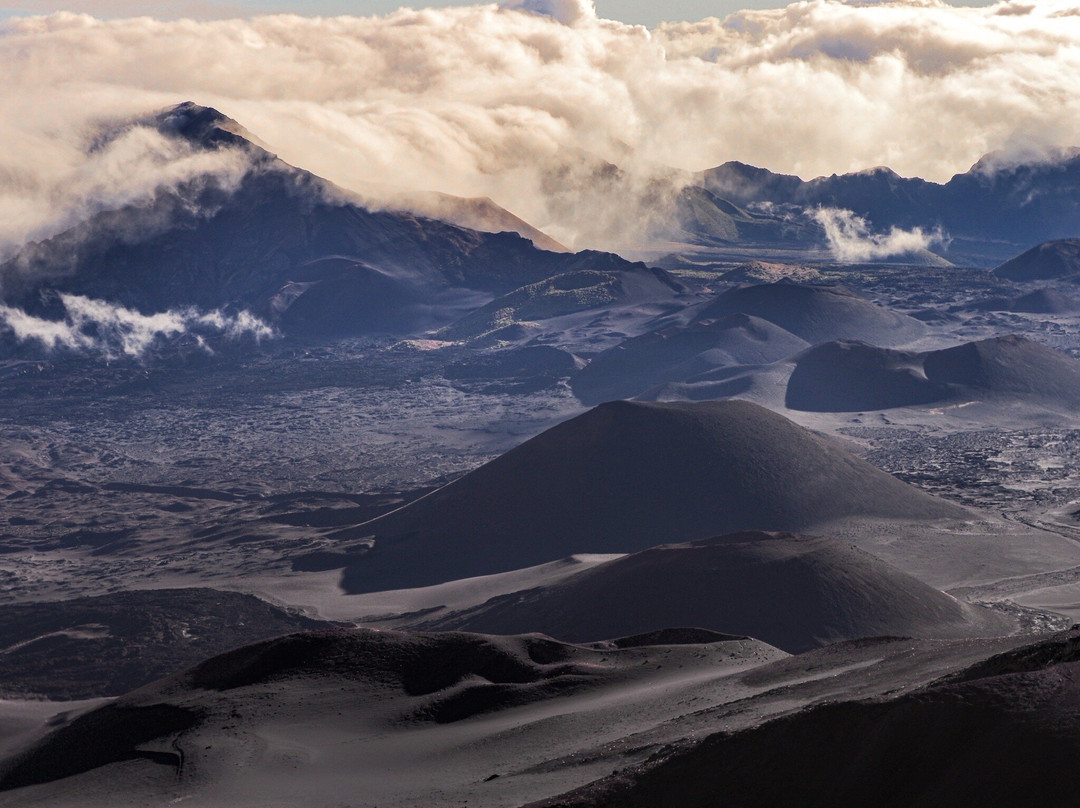

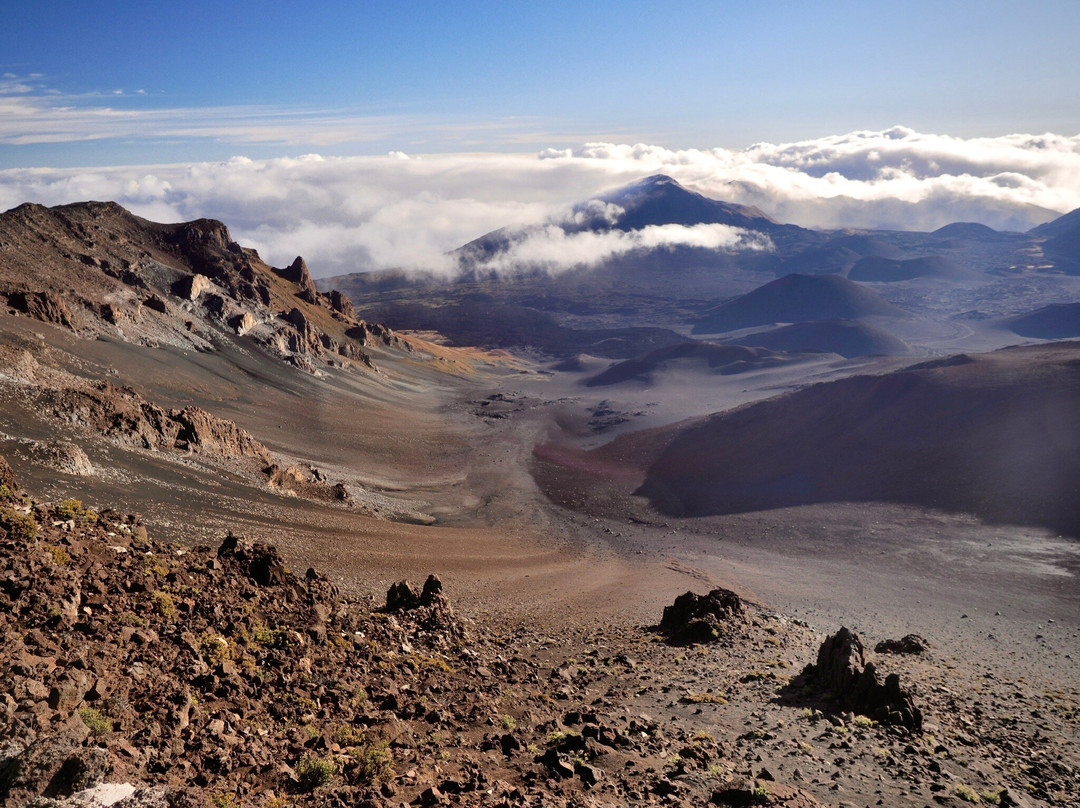
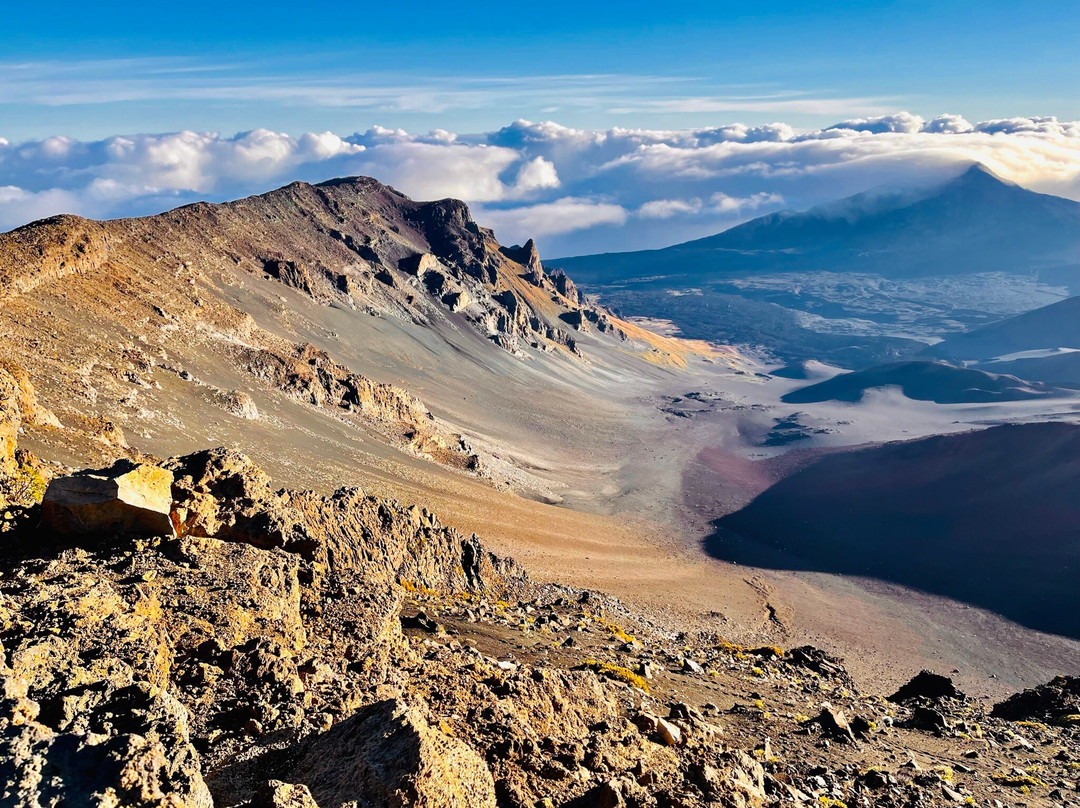
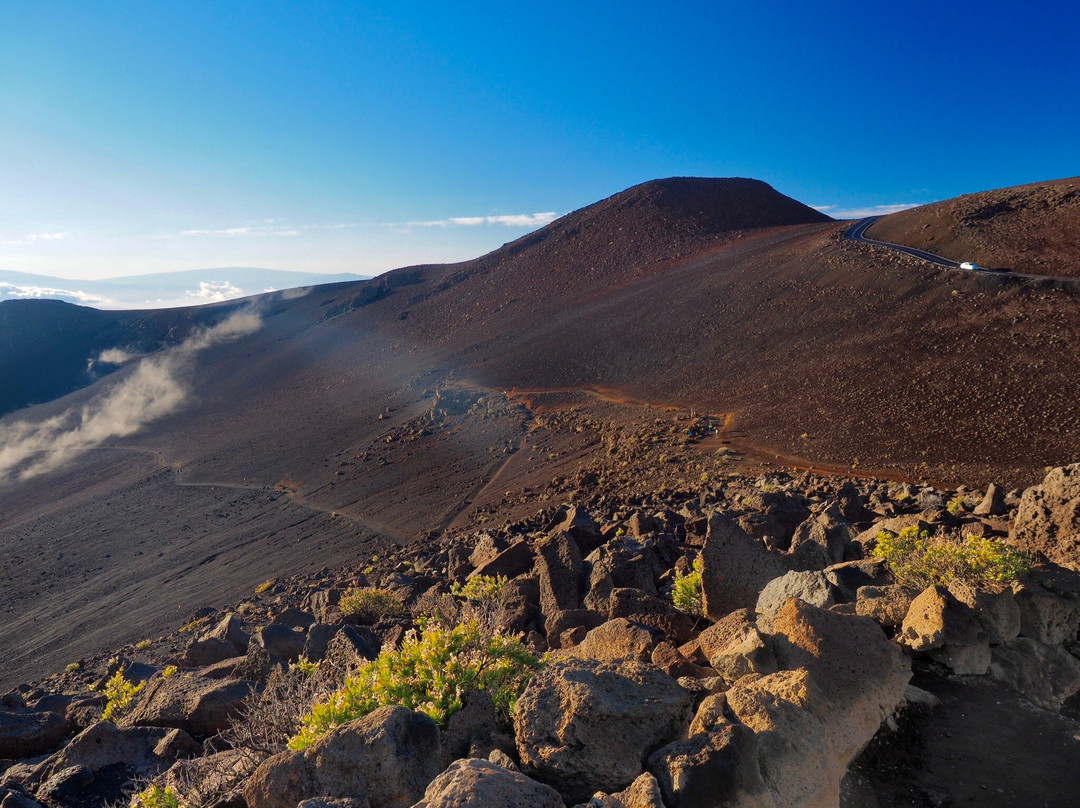
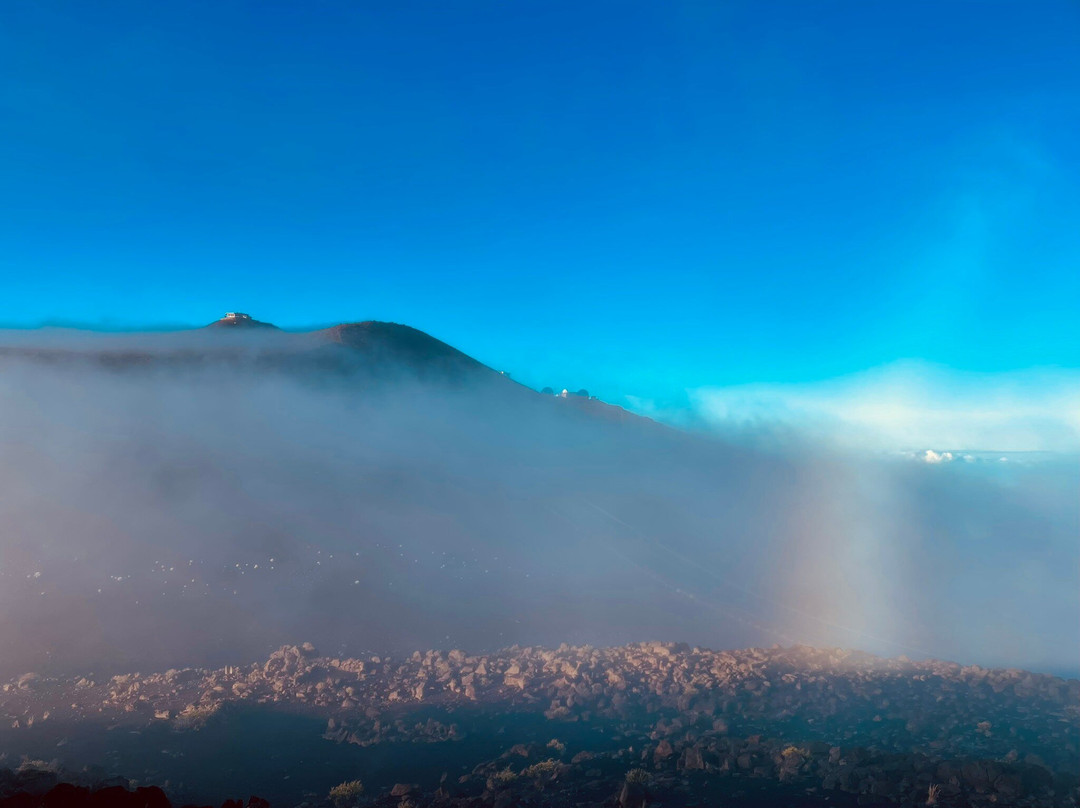
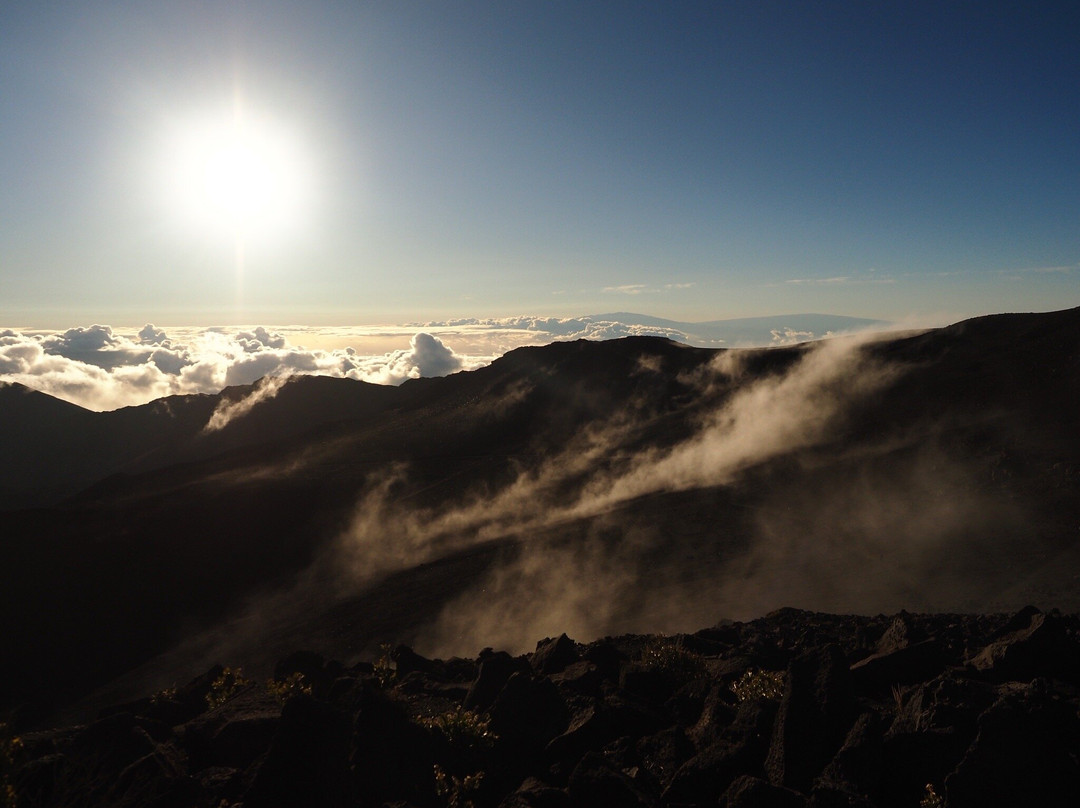
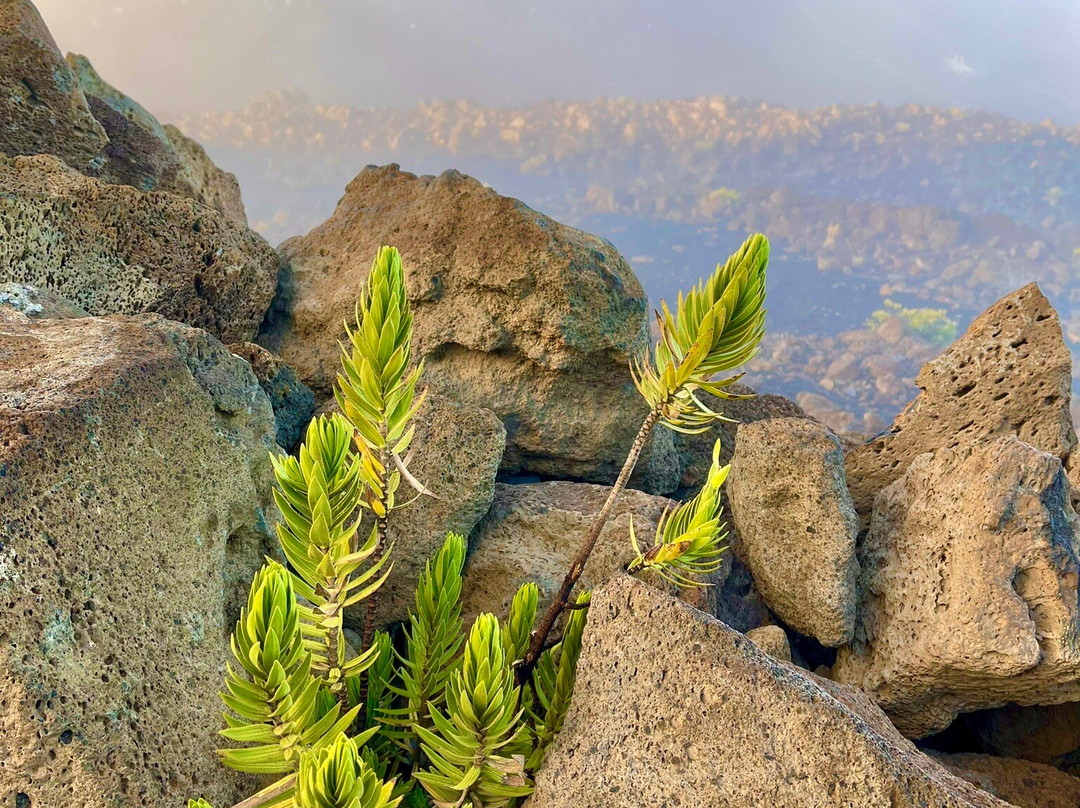



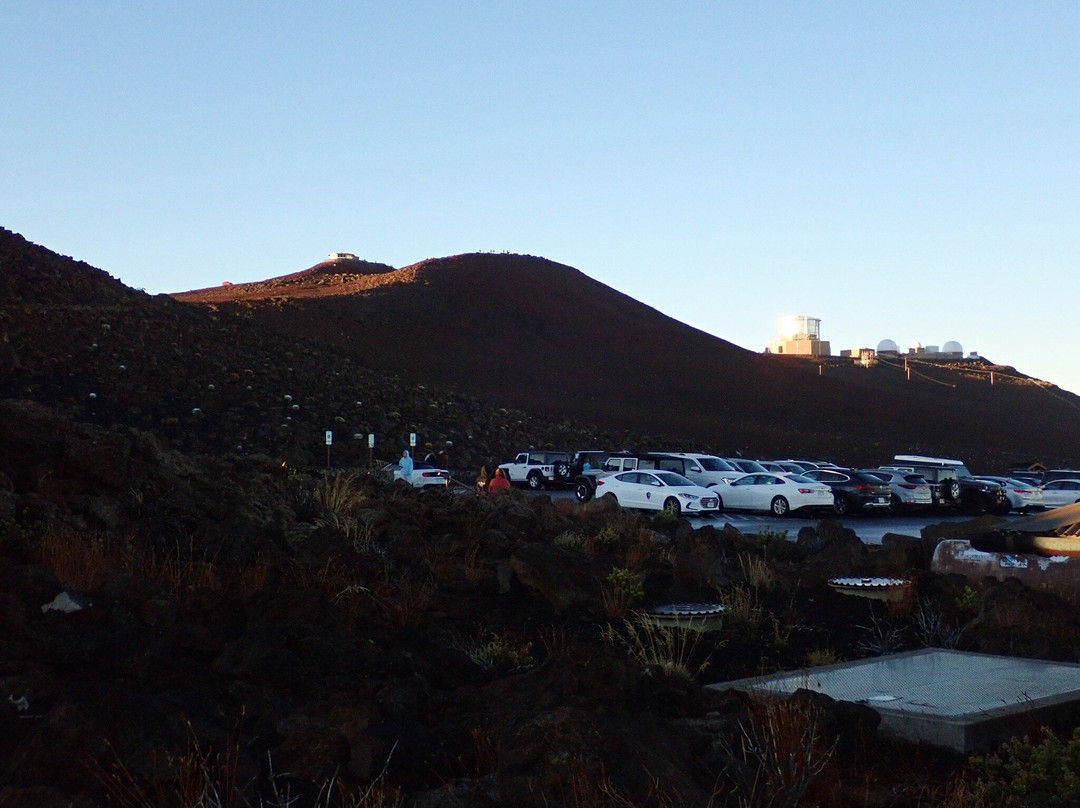
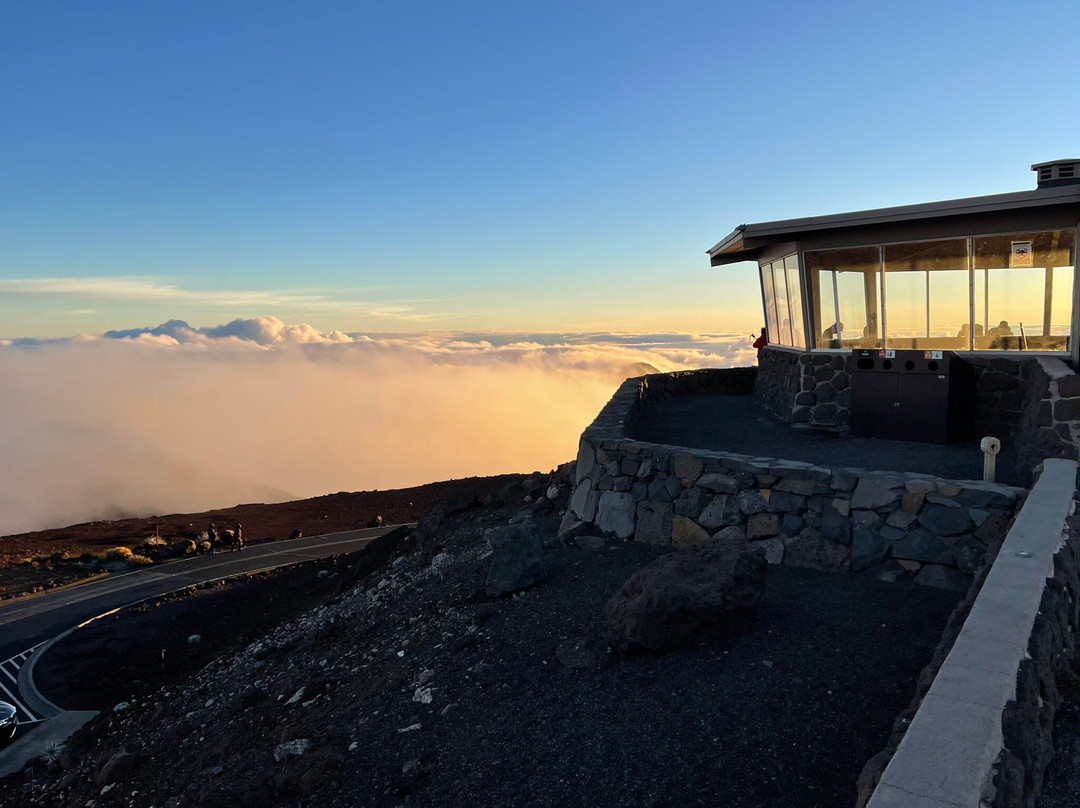
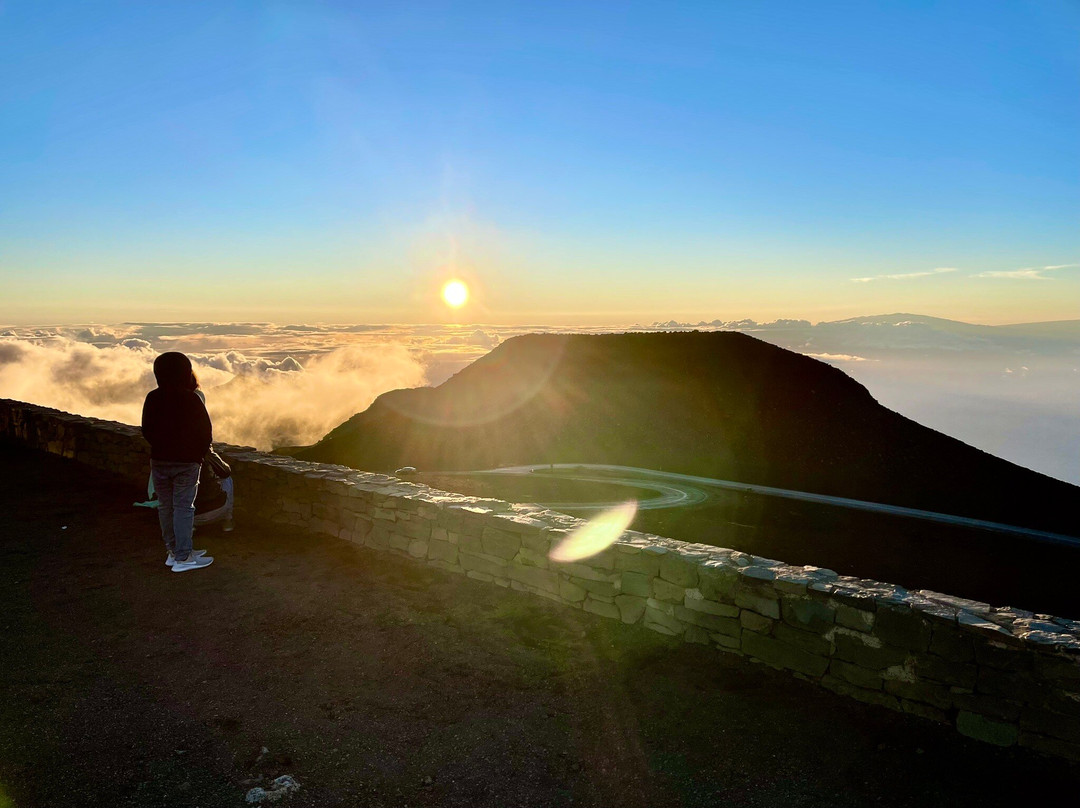
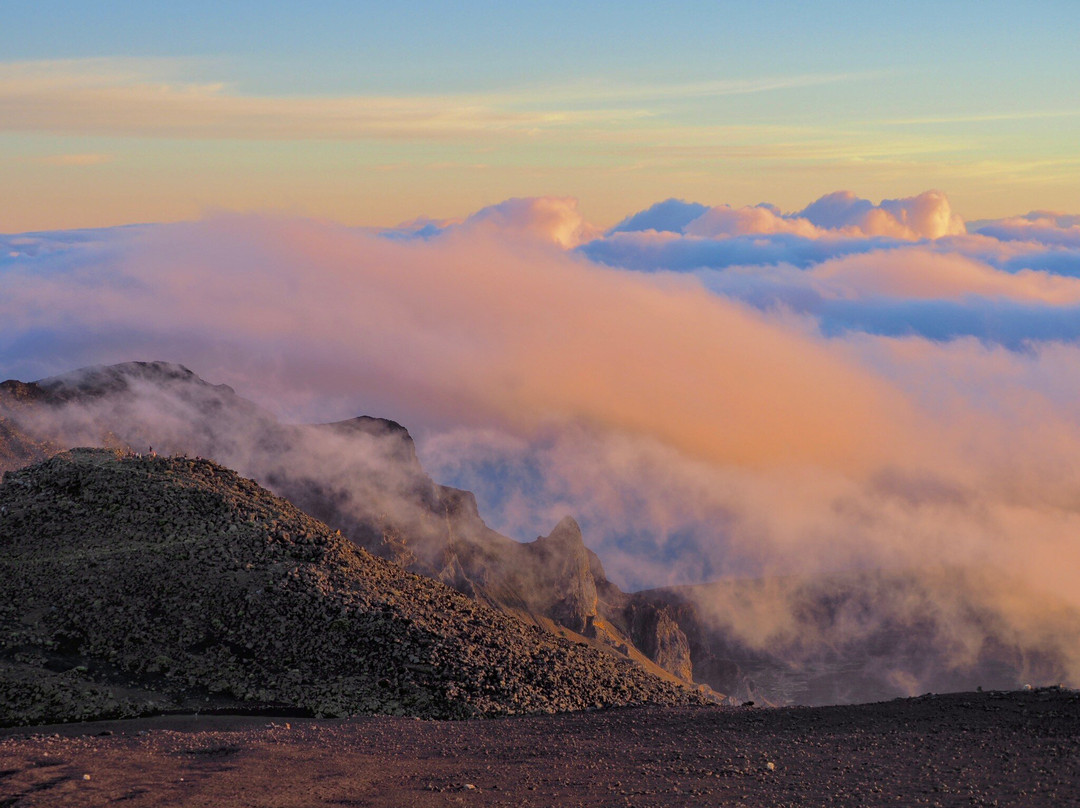
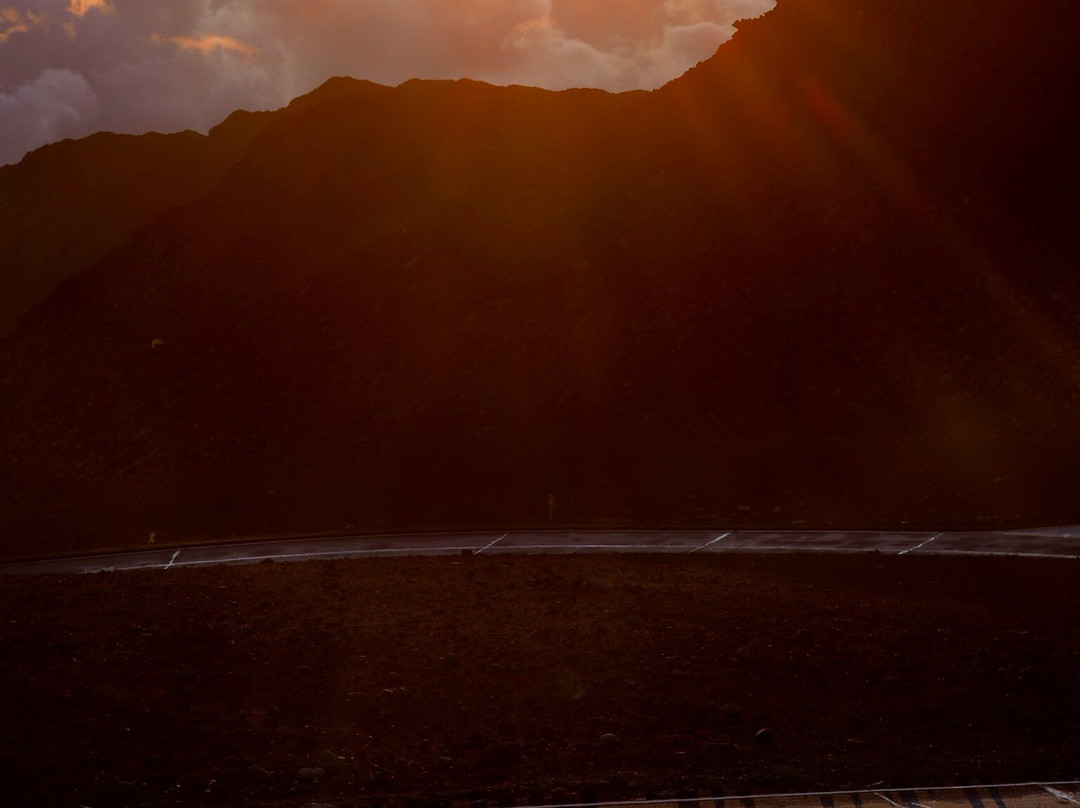
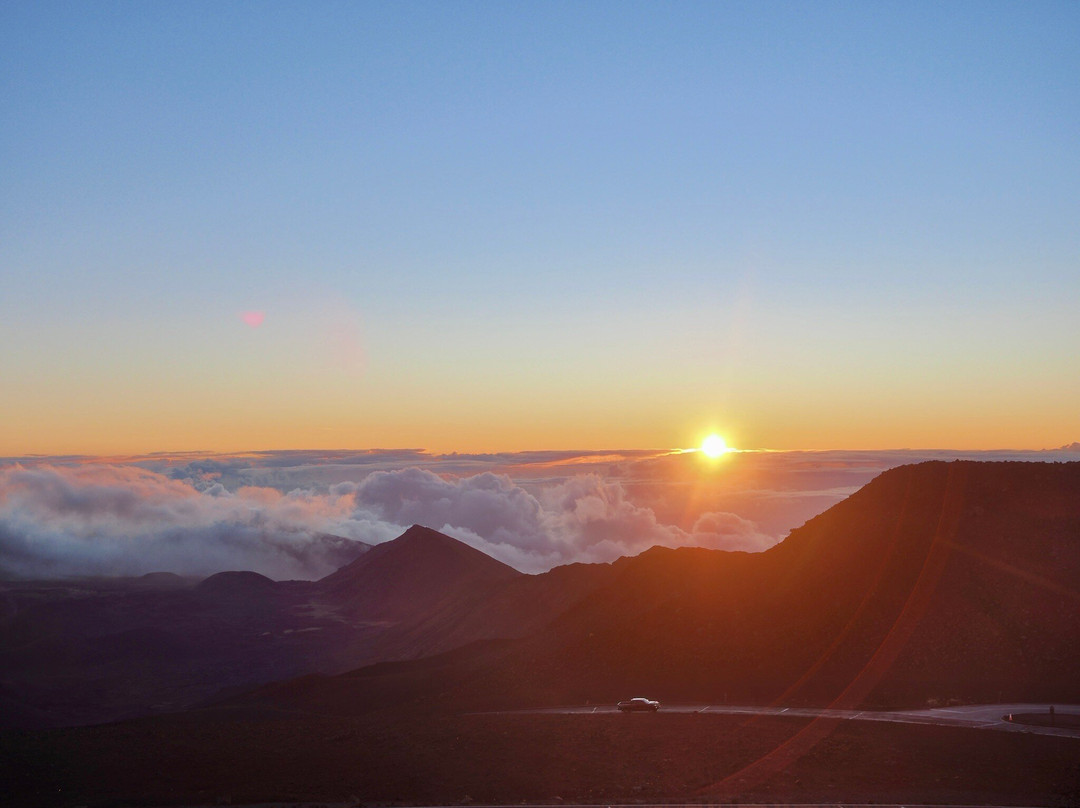
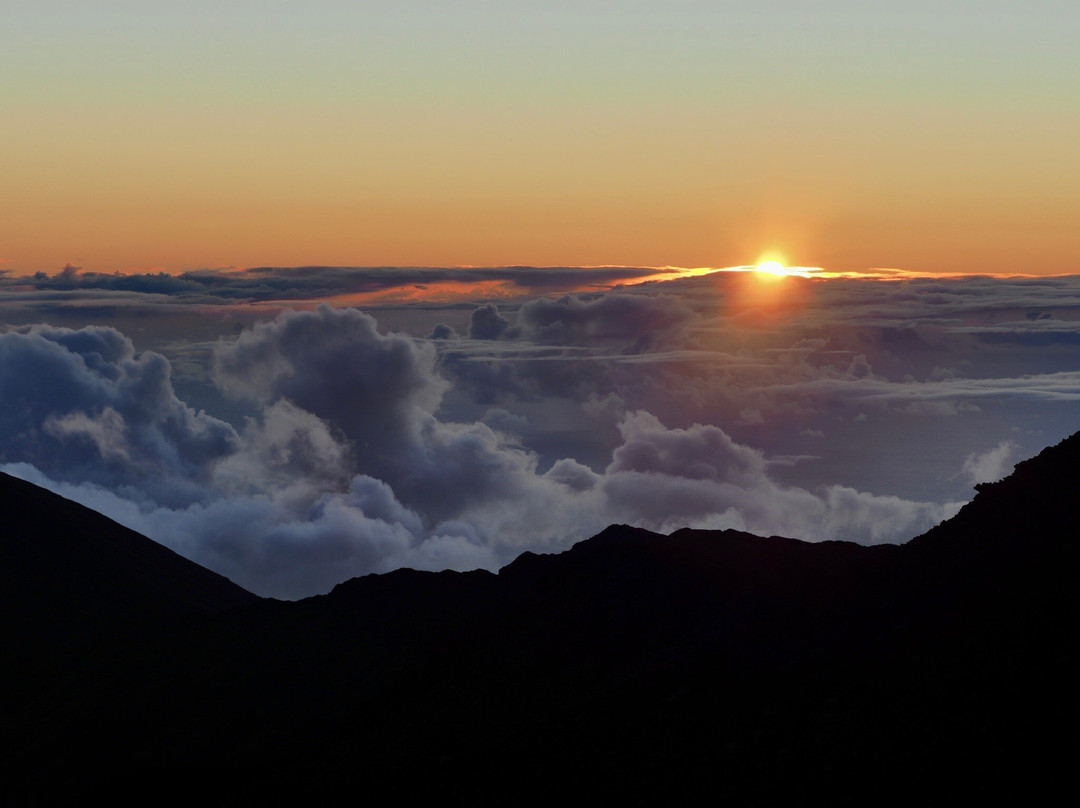
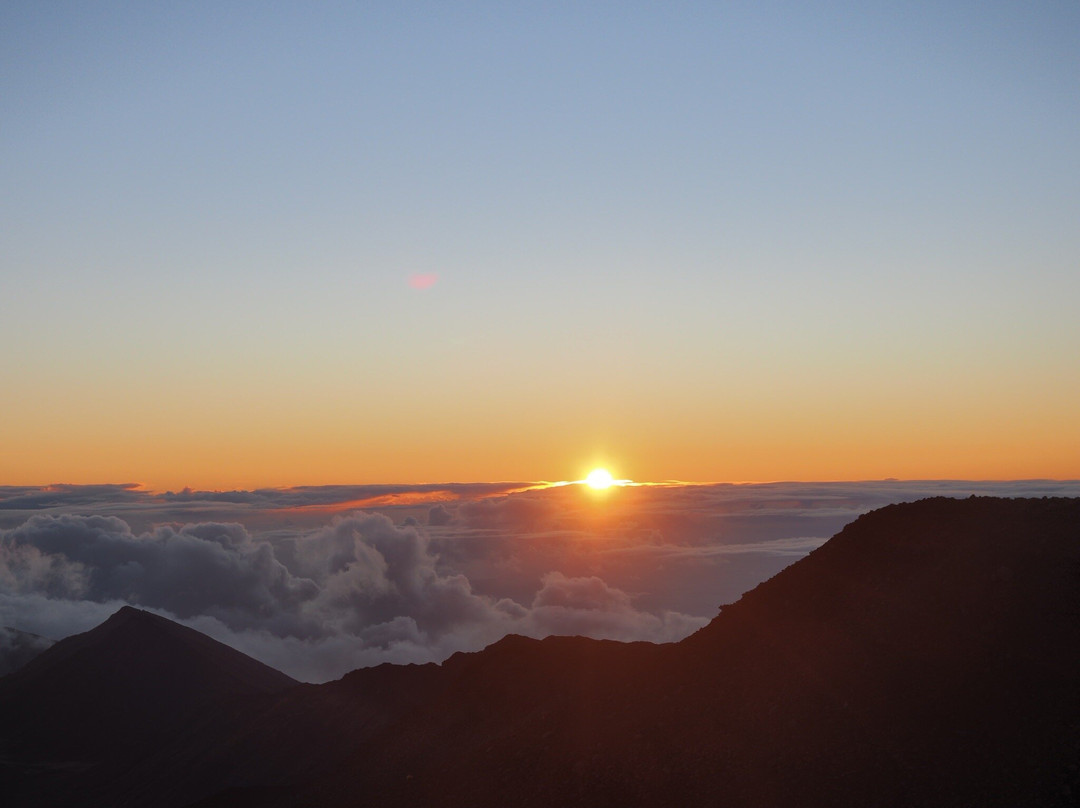
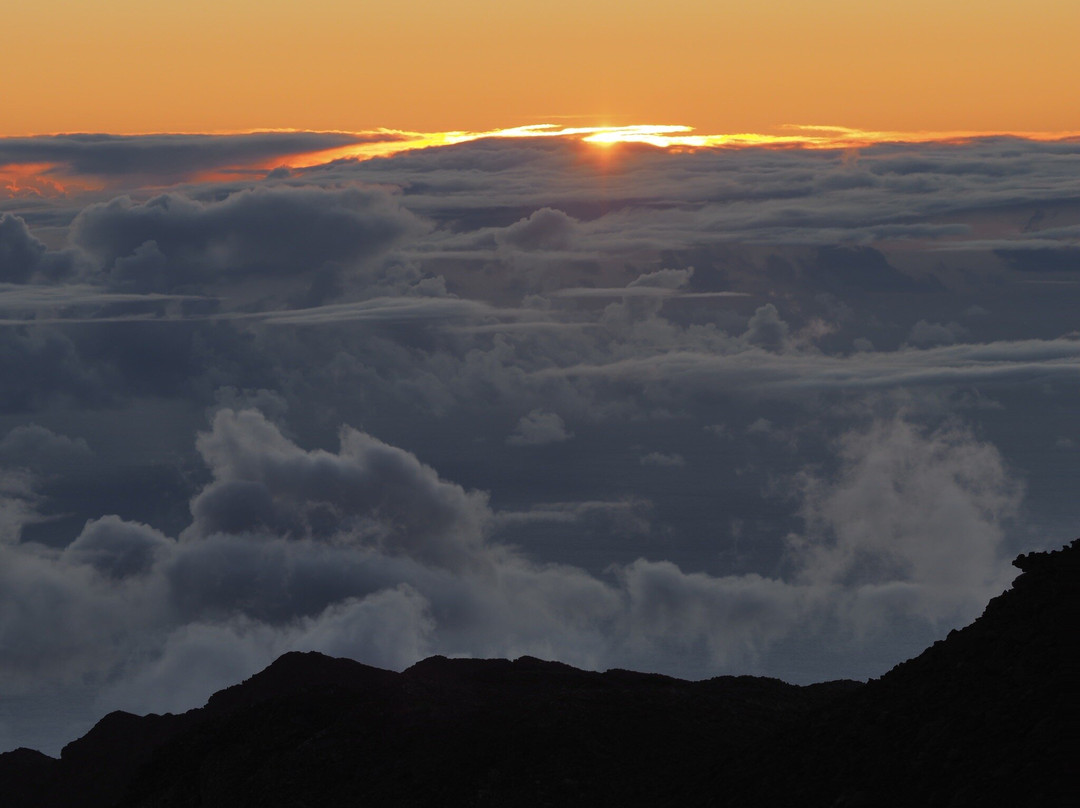
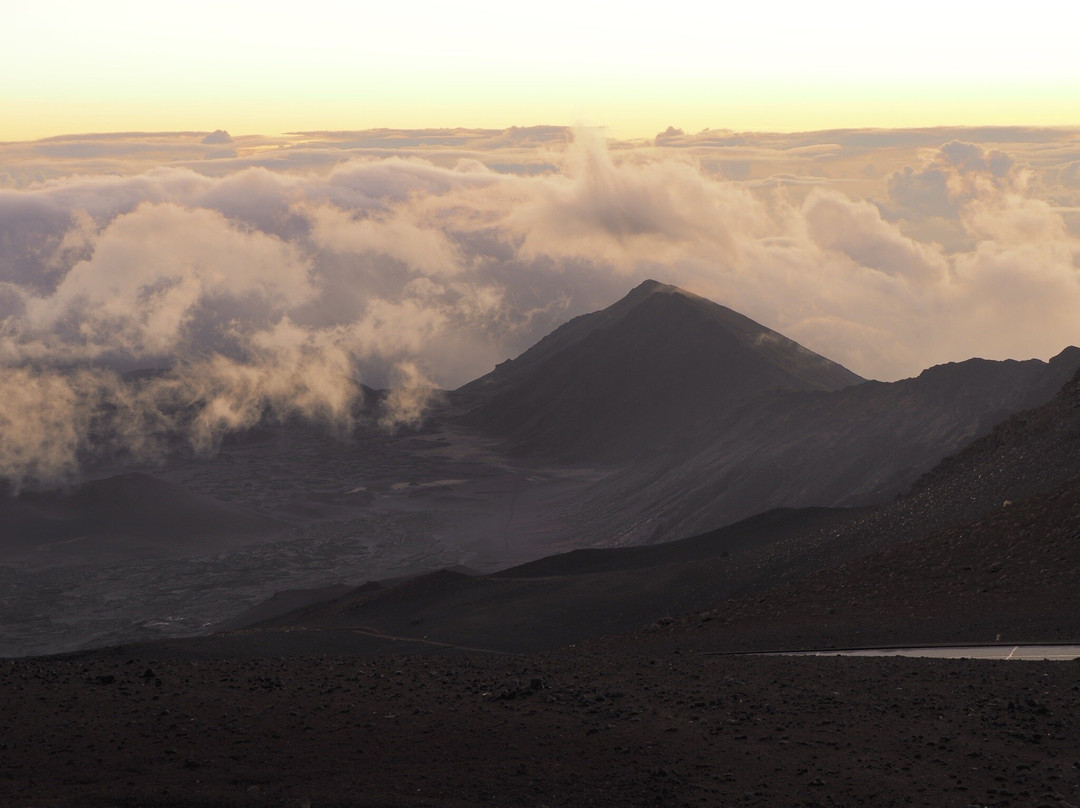
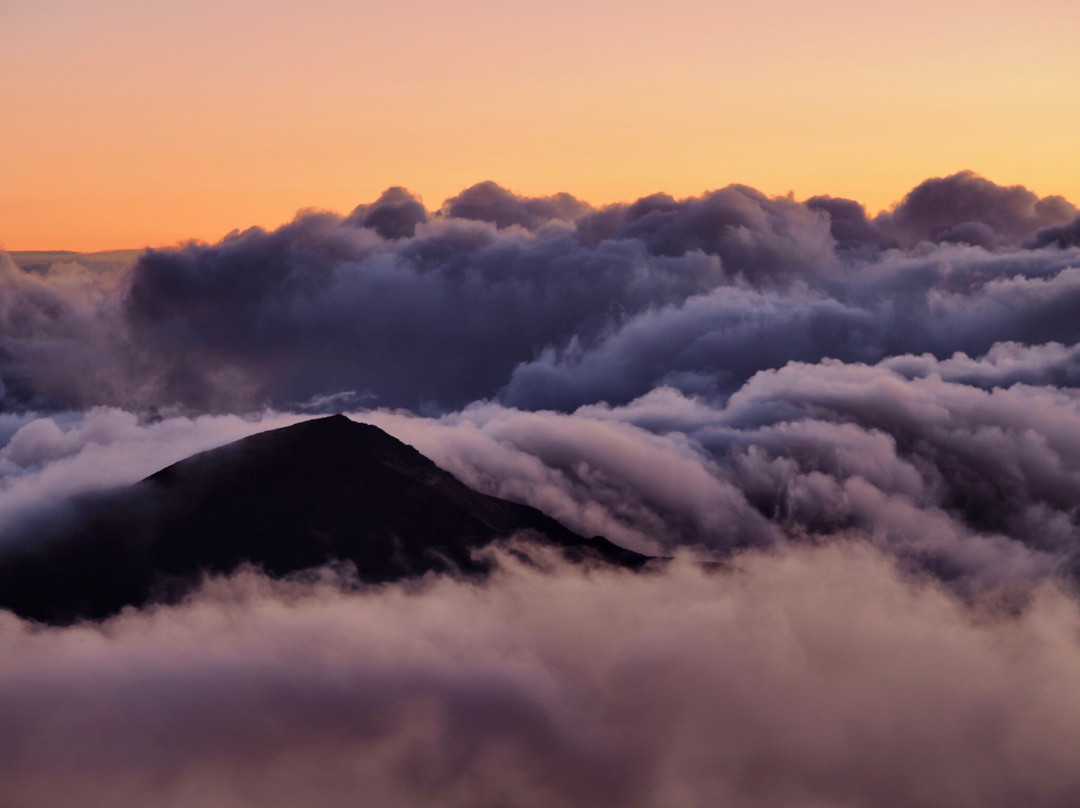
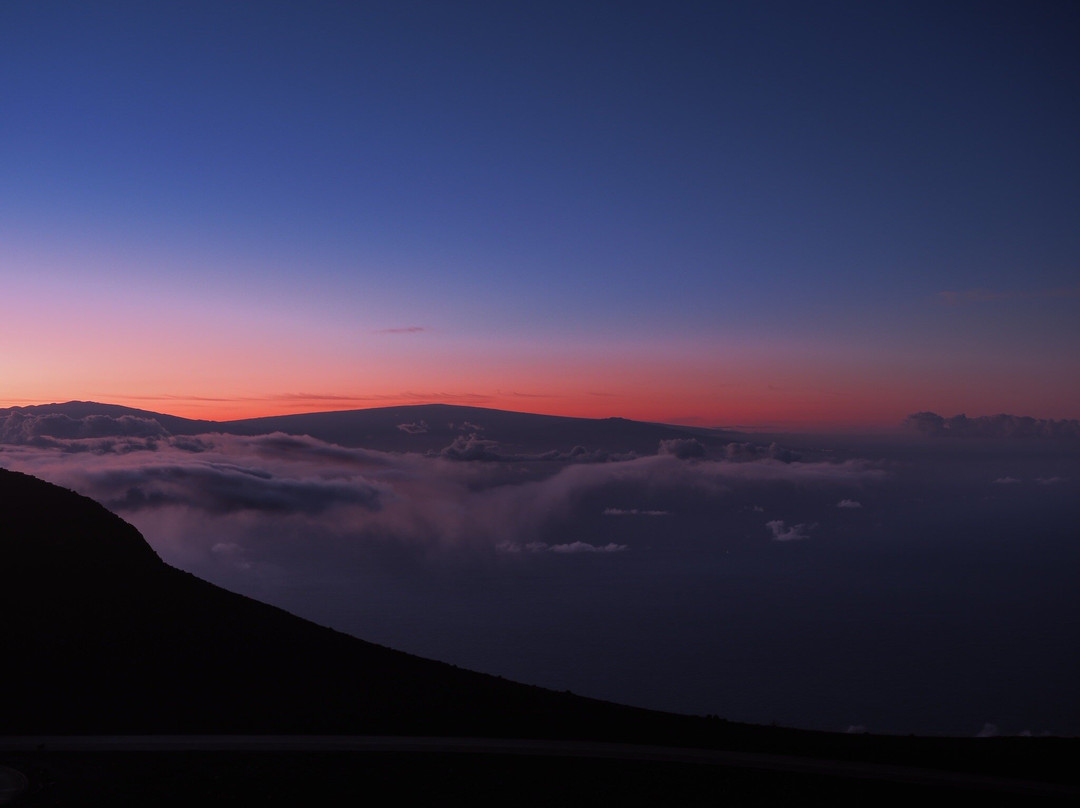
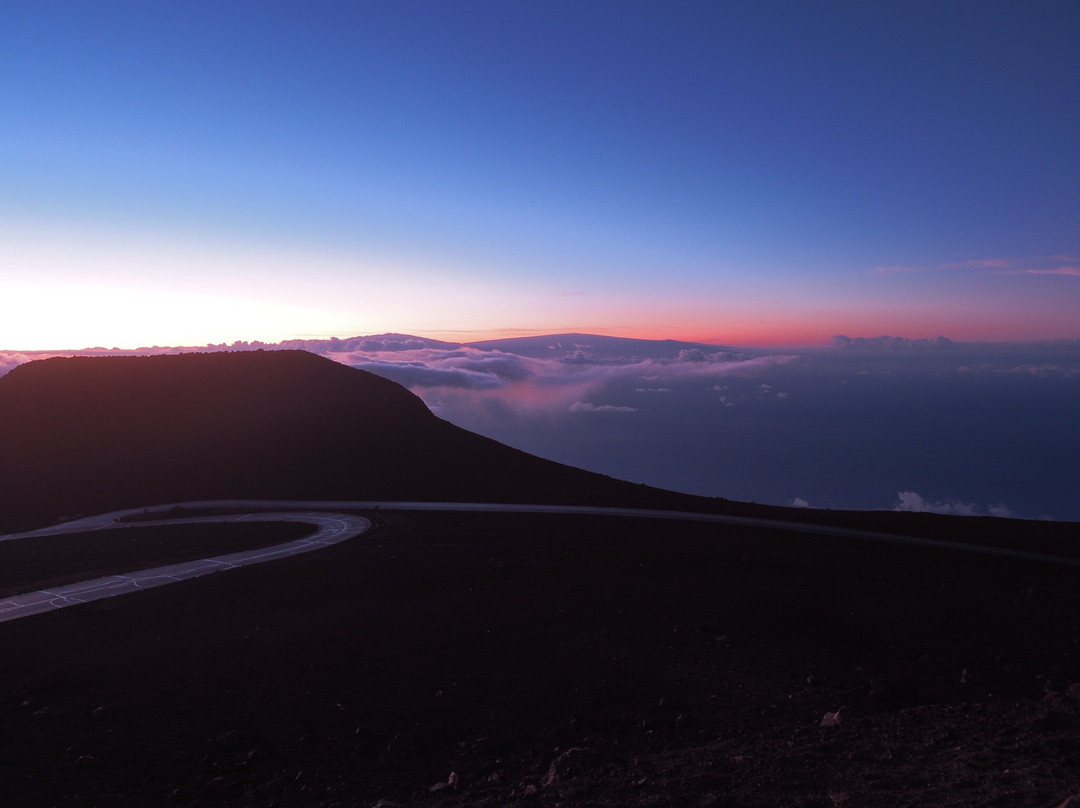
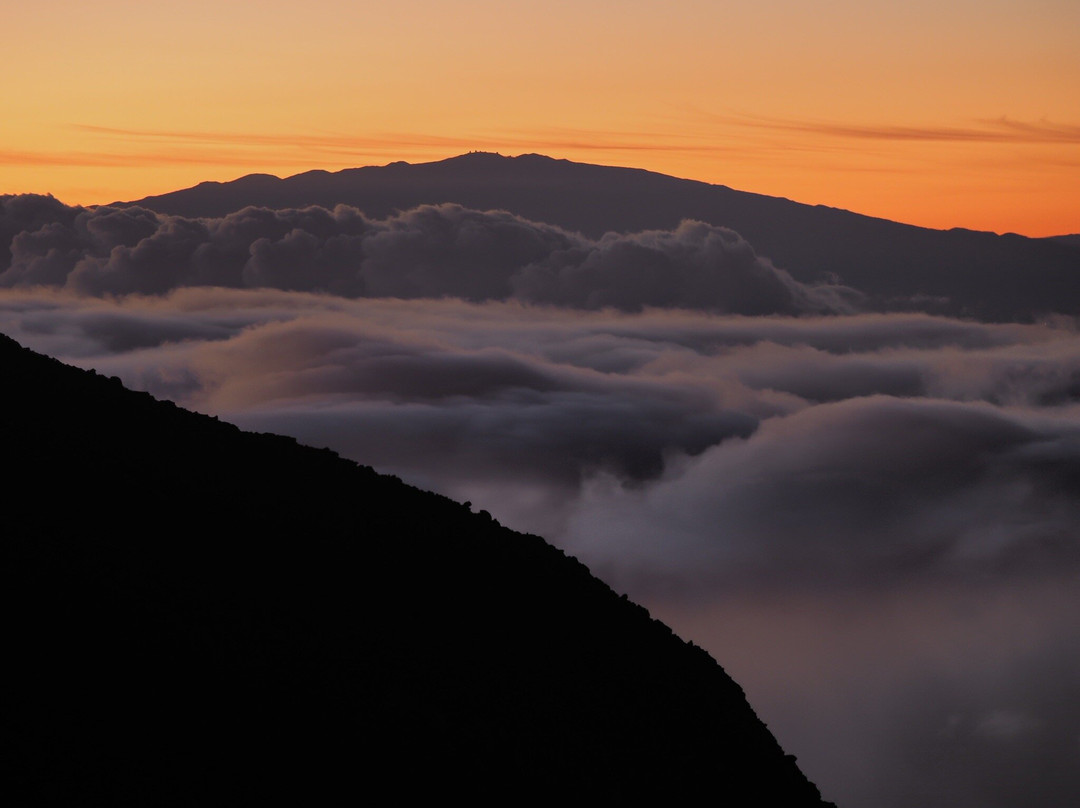
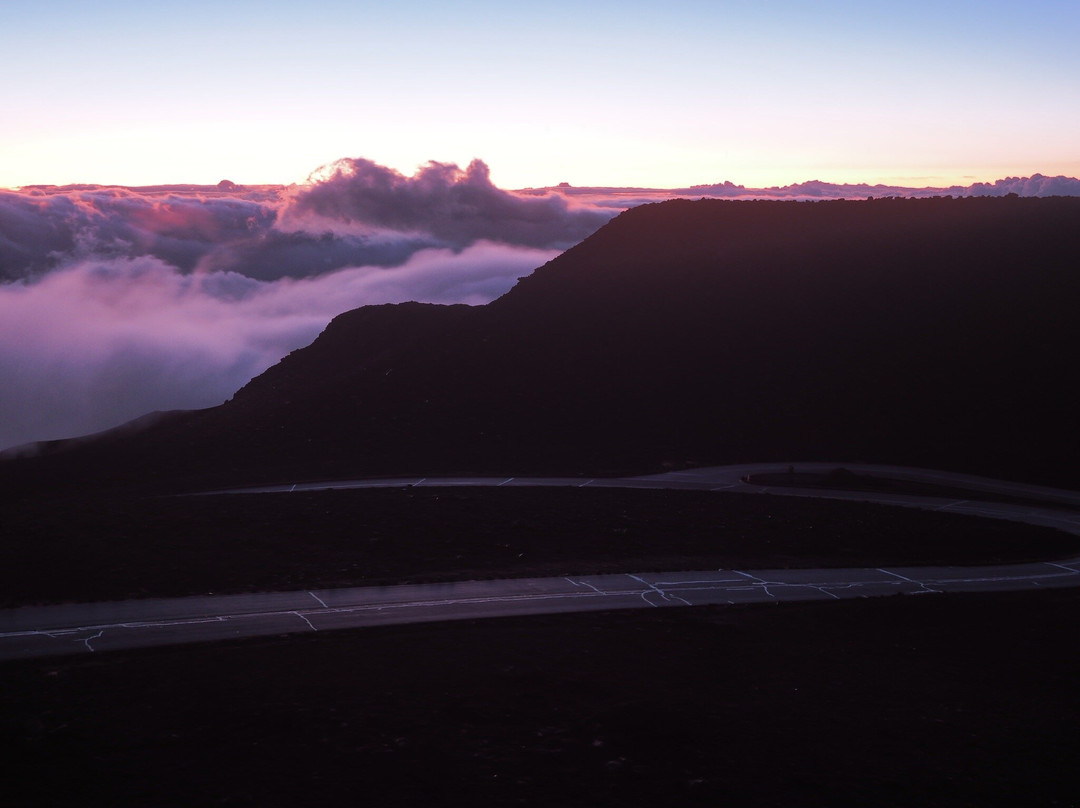
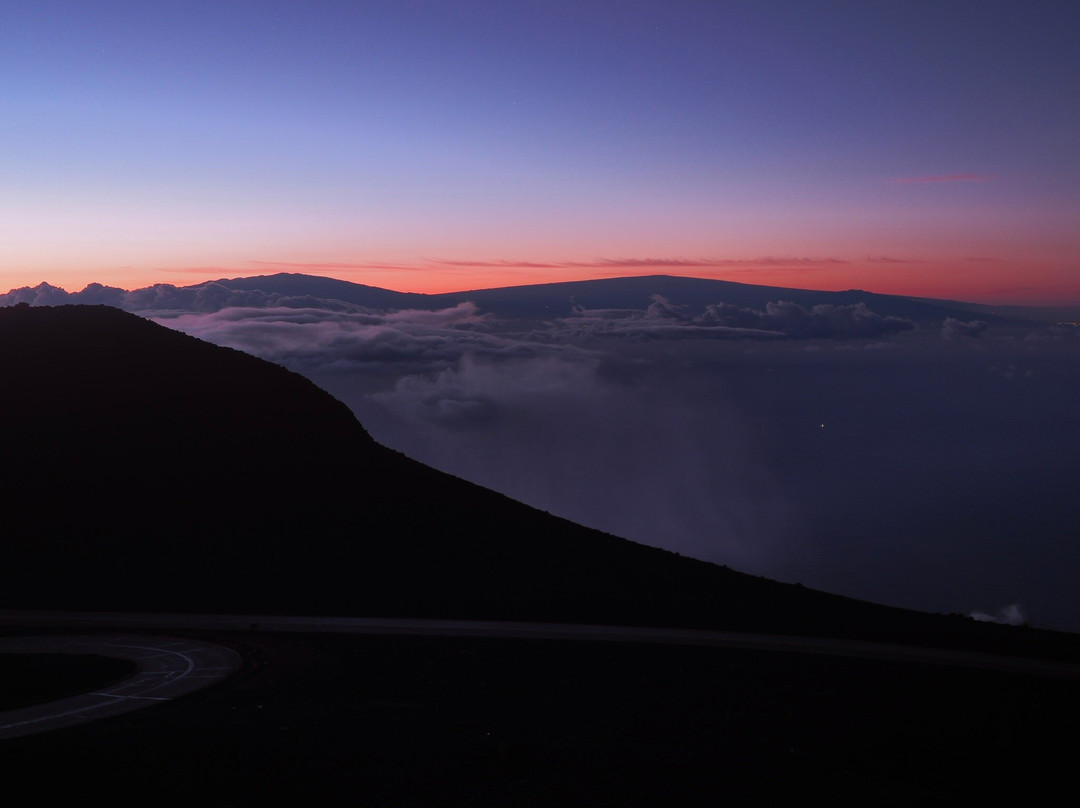
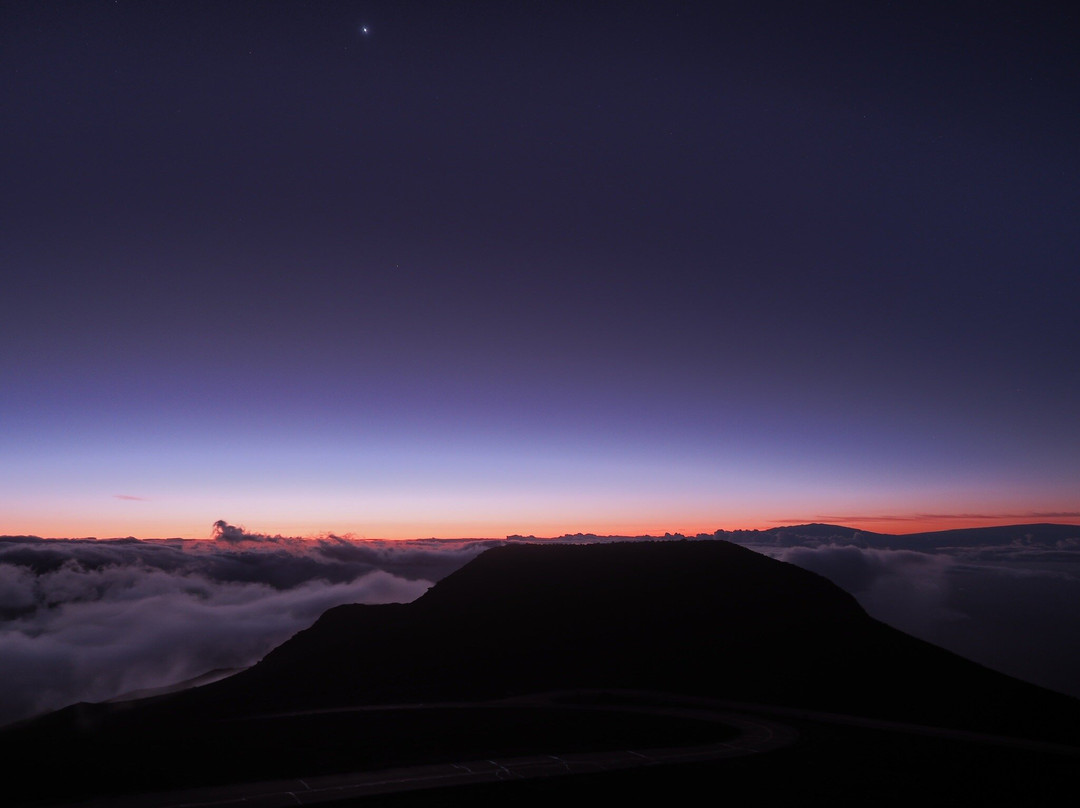
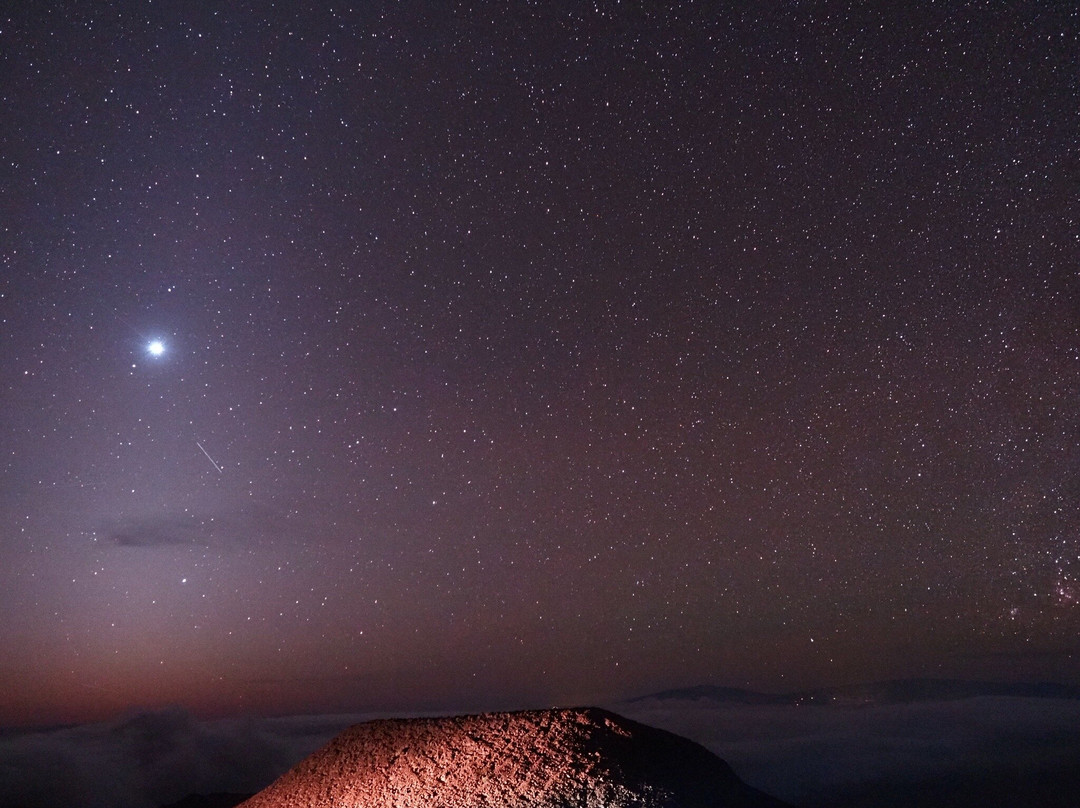
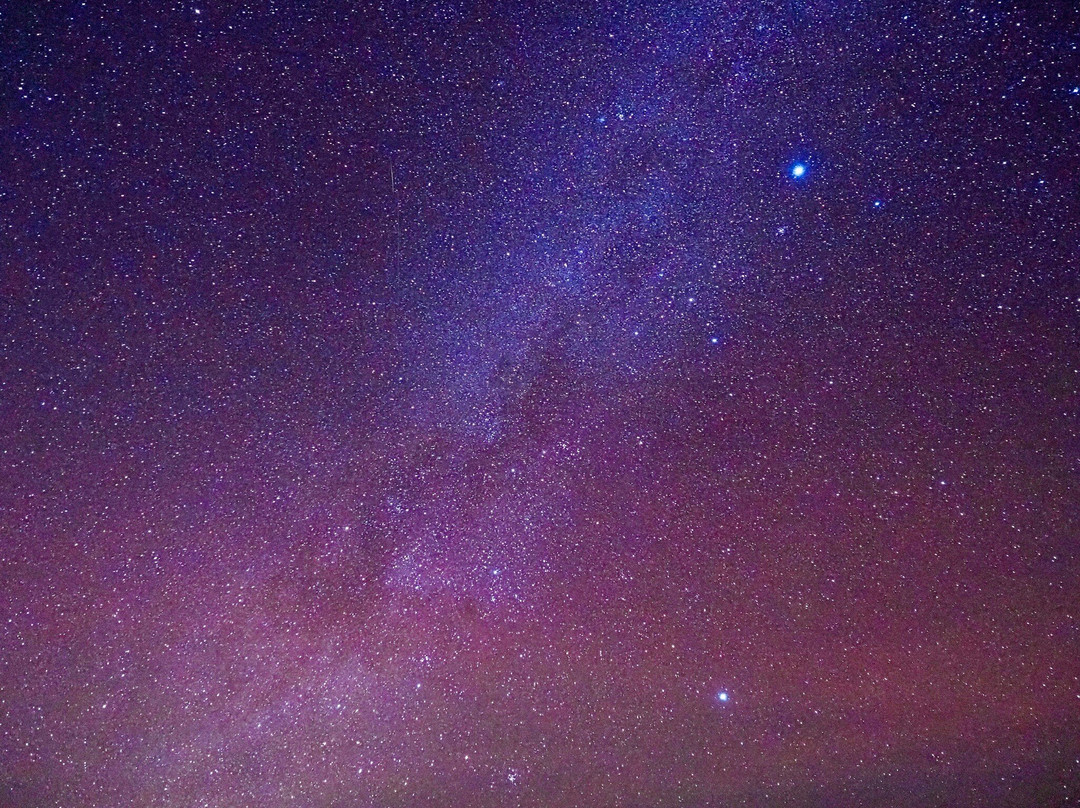
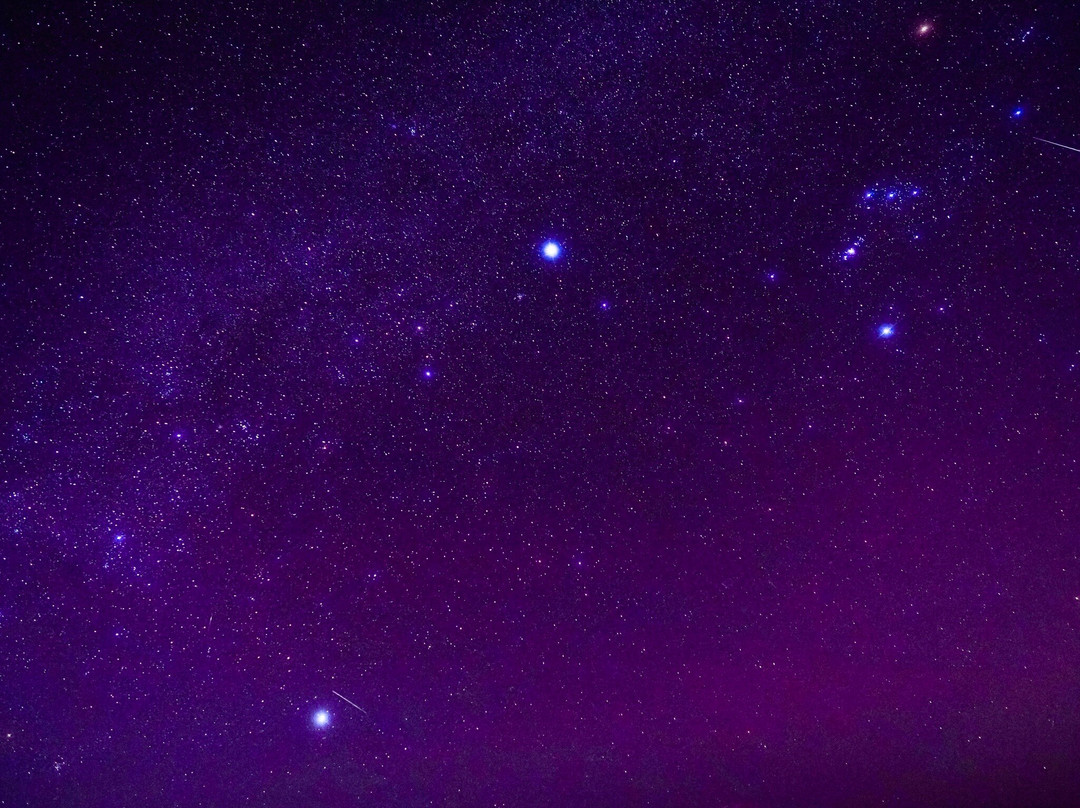
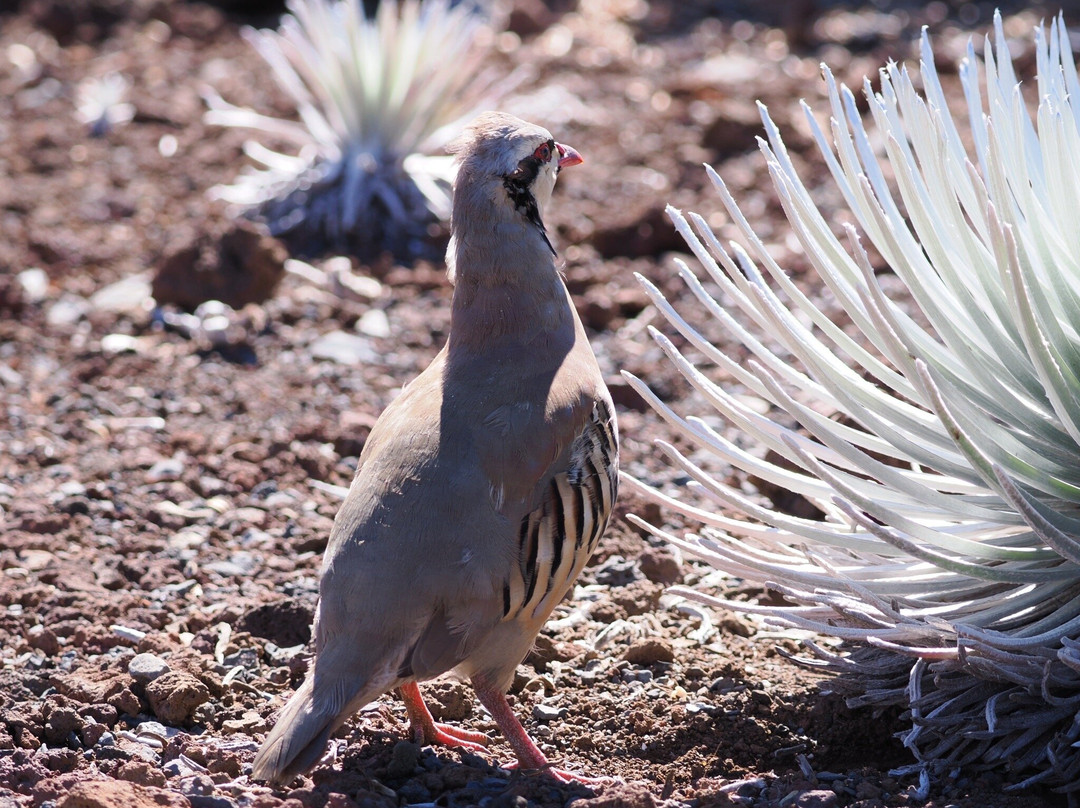
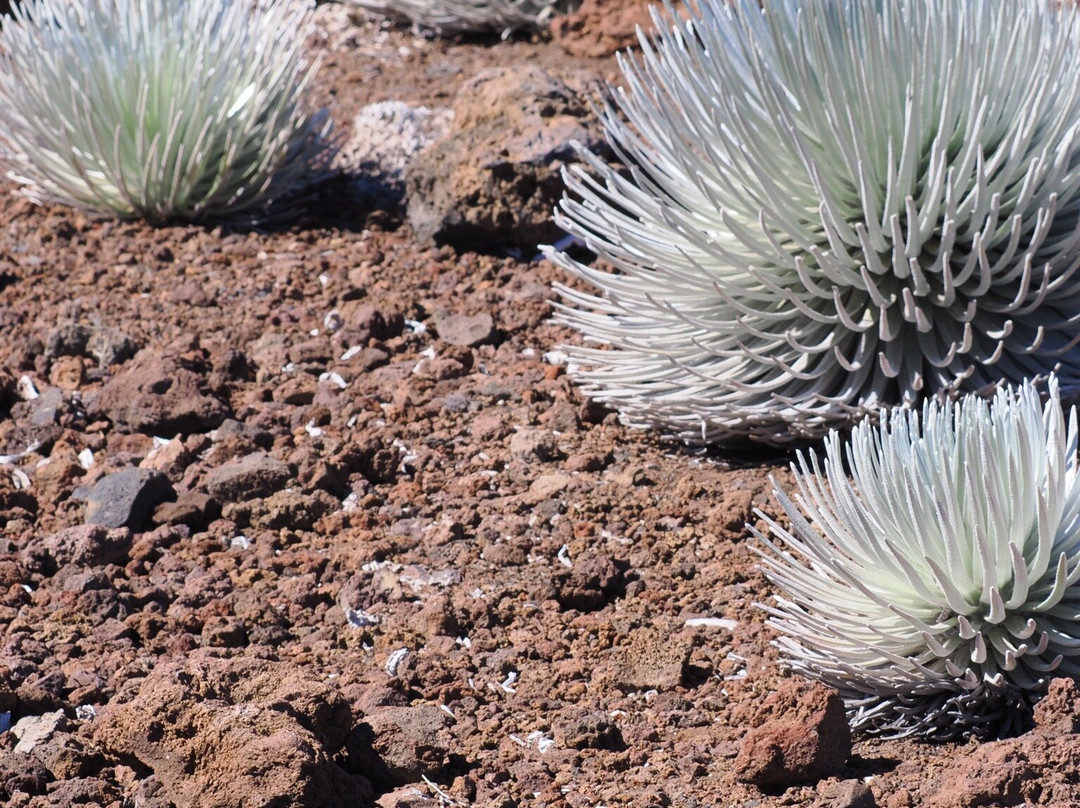
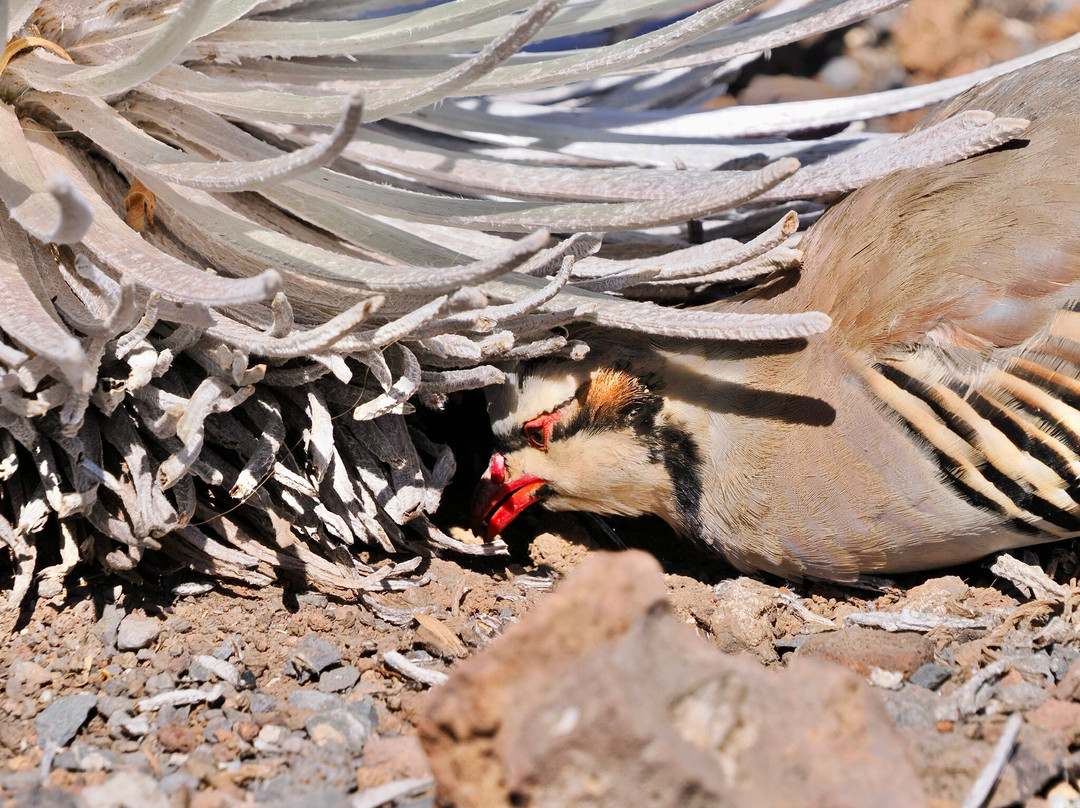
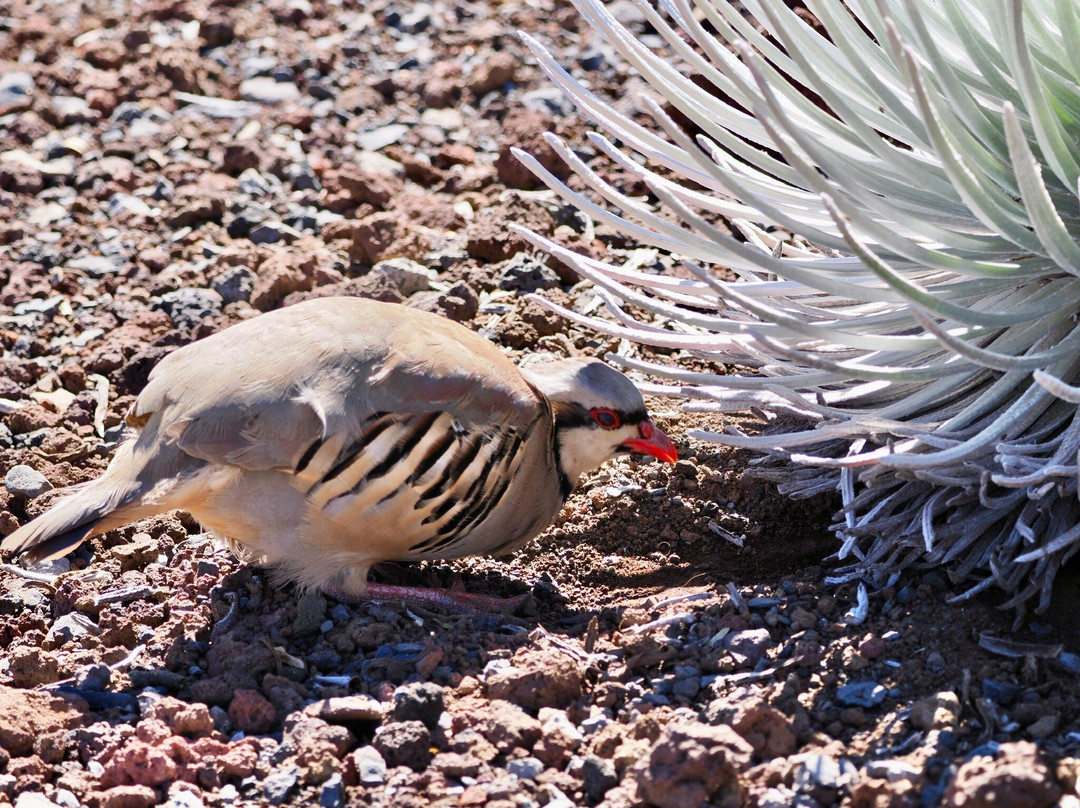
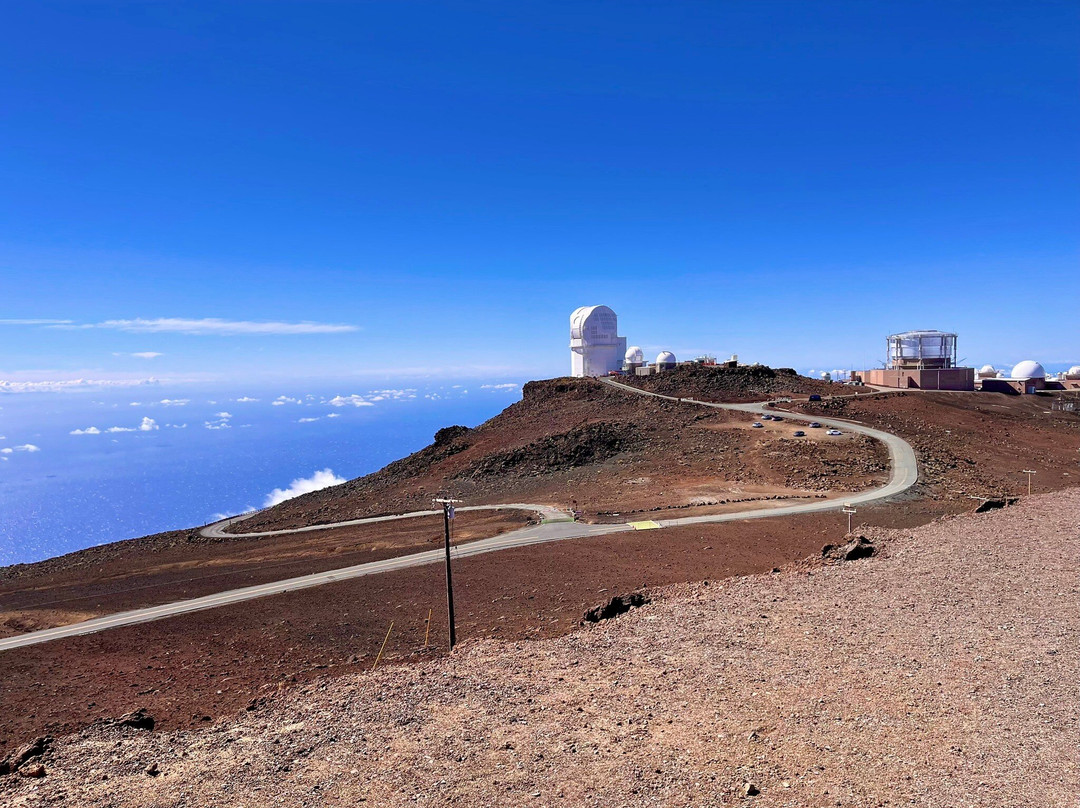
此点评仅代表旅行者个人的主观意见,并不代表TripAdvisor以及其合作方的意见。
关于我们
|
新闻动态
|
商务合作
|
会员中心
|
业主中心
|
业主通
|
常见问题
|
意见反馈
|
联系我们
|
营业执照
© 2025 Tripadvisor 版权所有。
使用条款 |隐私政策 |网站工作原理
部分照片由 VFM Leonardo 提供。
* Tripadvisor不是旅行社,也不是旅游预订服务代理商。我们提供免费、客观、公正的旅游资讯服务。 (显示更多)
TripAdvisor LLC 既不是预订代理商,也不是旅游运营商,不会向网站用户收取任何服务费。 按照规定,在 Tripadvisor 发布机票价格、游览和旅行套餐的合作伙伴(航空公司、旅行提供商及预订代理商),其标价须包含所有费用和附加费用。 例如, 机场出入境税费、消费税与其他服务费、手续费、杂费及附加费用。 当您向我们的某个合作伙伴进行预订时,请务必查阅他们的网站以了解当地行政部门要求的所有适用费用的具体情况。 除非另有说明,机票价格通常指的是一个人的价格(以人民币计)。
为方便起见,TripAdvisor LLC 根据从我们的预订合作伙伴获取的空房率计算每个酒店的均价。 对于游览和景点来说,所显示价格通常是每位成人的最低可用价格。 对于列出的任何旅行套餐或优惠,TripAdvisor LLC 无法保证任何特定的费率或价格。 此外,酒店均价每晚会更新,并以您的首选币种表示(使用现行汇率)。 由于这些已换算的价格是预估价格,因此,有关具体金额和币种请与预订网站进行核实。
此外,TripAdvisor LLC 无法保证我们网站上宣传的价格随时有效。 标价可能需要预订一定天数才能生效,或有不可用日期、使用条件或限制。
TripAdvisor公司对外部网站的内容一概不负责。优惠价格中不含税和其他费用。
ICP证:沪B2-20200433
沪ICP备20013175号
 沪公网安备31010502005427号
沪公网安备31010502005427号鹰程信息技术(上海)有限公司
货币/国家及地区
¥CNY
中国
